

Parents, teachers, and even students often type into Google: What are the best educational VR apps right now? or Which VR games actually help kids learn? The truth is, VR education is no longer a futuristic dream – it’s already here, transforming lessons from boring worksheets into unforgettable experiences.
Instead of reading about cells in a textbook, kids can walk inside a 3D heart. Instead of memorizing fractions, they can slice a pizza in virtual reality. That’s why schools and homeschooling families are racing to integrate VR into their lessons. It’s not about replacing teachers – it’s about giving students interactive tools that spark curiosity, improve focus, and boost memory.
In this guide, we’ve collected 60 of the top educational VR games across subjects like biology, physics, history, languages, and even career simulations. All apps were tested, reviewed, and evaluated for real classroom and self-study use.
Let’s start with one of the most popular areas where VR shines – Biology.
Biology is one of the hardest subjects to teach with textbooks alone. Diagrams of cells and organs often feel abstract and flat. VR fixes that by letting students explore the human body, dissect a frog without the mess, or even experience the world as a cat. Below are our top-tested apps.

Based on our extensive testing at XReady Lab, Awake Heart offers a guided 3D tour of the human heart that shows pumping action, valves, and electrical signals in motion—turning invisible processes into something students can literally watch.
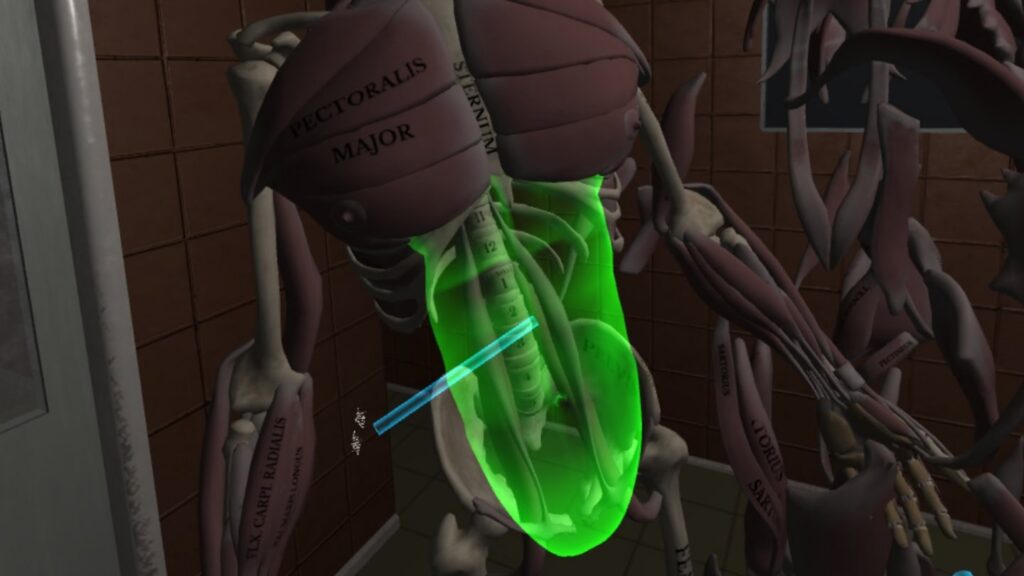
A jigsaw for the body. Learners assemble bones, muscles, and organs in 3D.
Why we recommend it
Progressive difficulty keeps focus high
Full sets for skeletal, digestive, respiratory, and muscular systems
Timed challenges add light gamification
👉 Meta Store | Pico Store
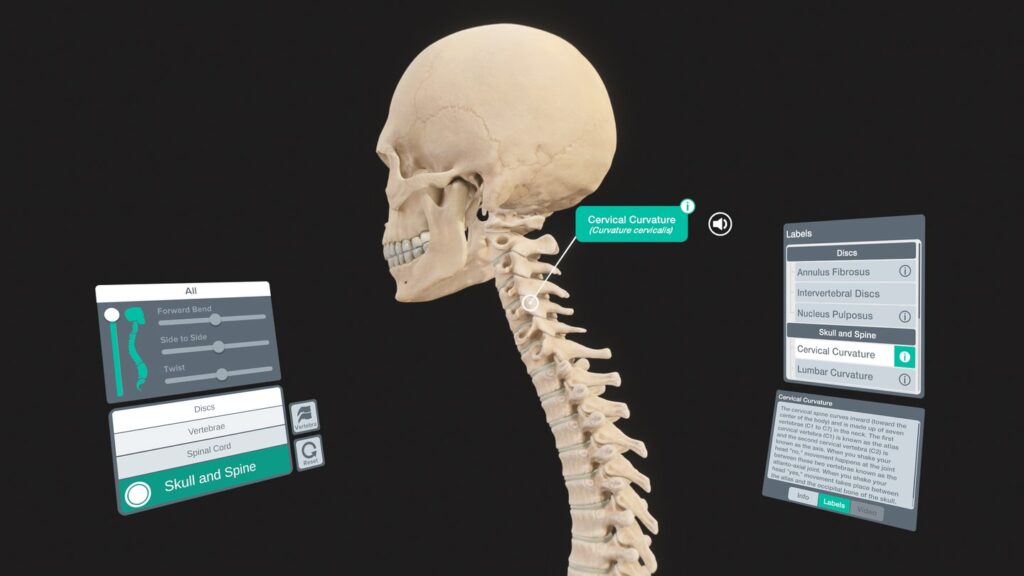
A rotatable virtual body with organ-level zoom.
Stood out in testing
Clear, immersive 3D models of major systems
Smooth navigation for demo or self-paced study
Scales from beginner to advanced learners
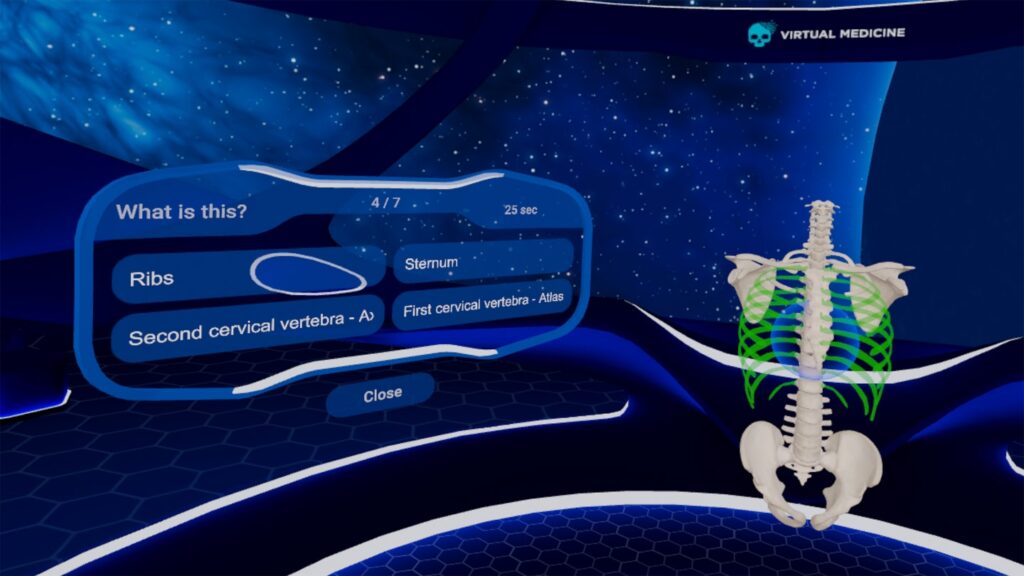
Findings from XReady Lab’s real-student sessions reveal, High School Anatomy uses AntMode® technology for true “inside-out” exploration of body structures, giving classrooms an intuitive, premium way to study anatomy in 3D.
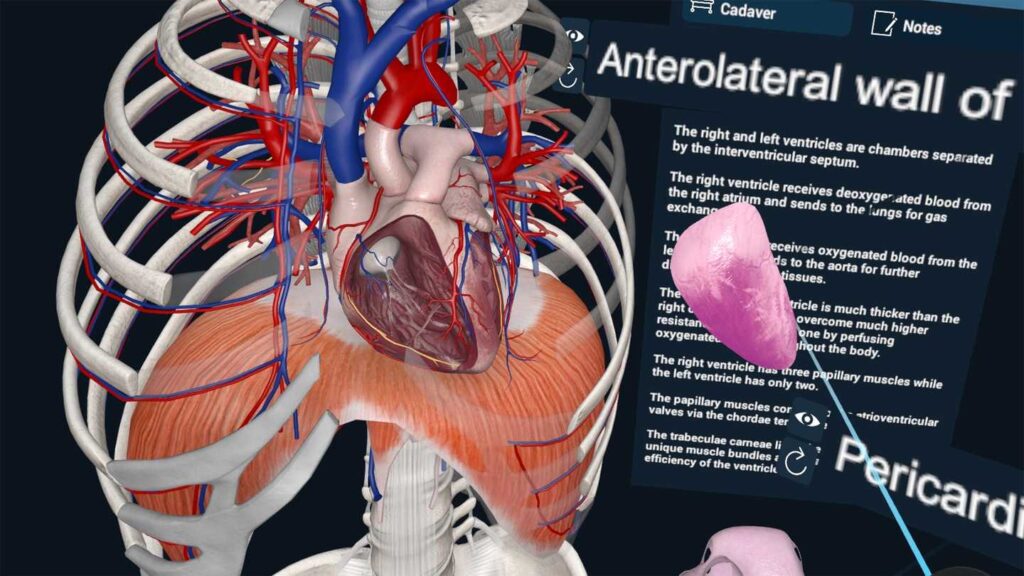
Organon is not for casual users – it’s a professional-grade VR anatomy tool built for medical education.
What makes it unique:
Covers every body system with extreme precision
Professional visualization used in universities
Smooth interface that supports complex study
It’s expensive at $499.50 yearly, but for medical schools and advanced biology programs, it’s unmatched.
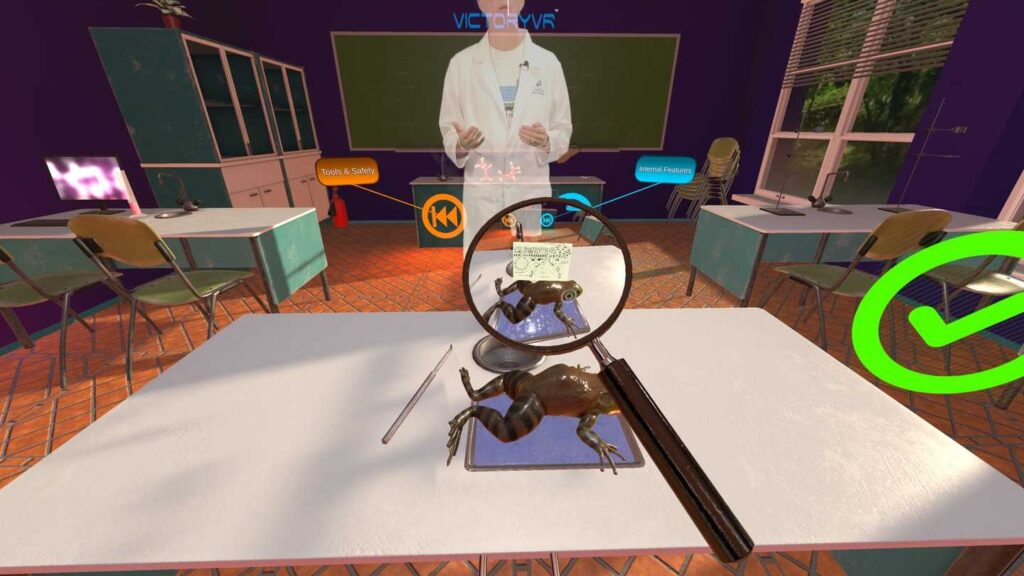
Hands-on reviews conducted by XReady Lab educators highlight, Dissection Simulator: Frog Edition stands out as one of the most effective ways to teach dissection skills without the mess or ethical concerns of a real lab. Developed by VictoryXR, this simulation guides students through each procedure with a virtual teacher, ensuring accuracy and safety while keeping engagement high.
Why it works:
Mimics real dissection but without ethical or practical issues
Multiple species options available
Combines holographic guidance with realistic visuals
It’s a great choice for schools that want to modernize lab lessons while still covering core biology skills.
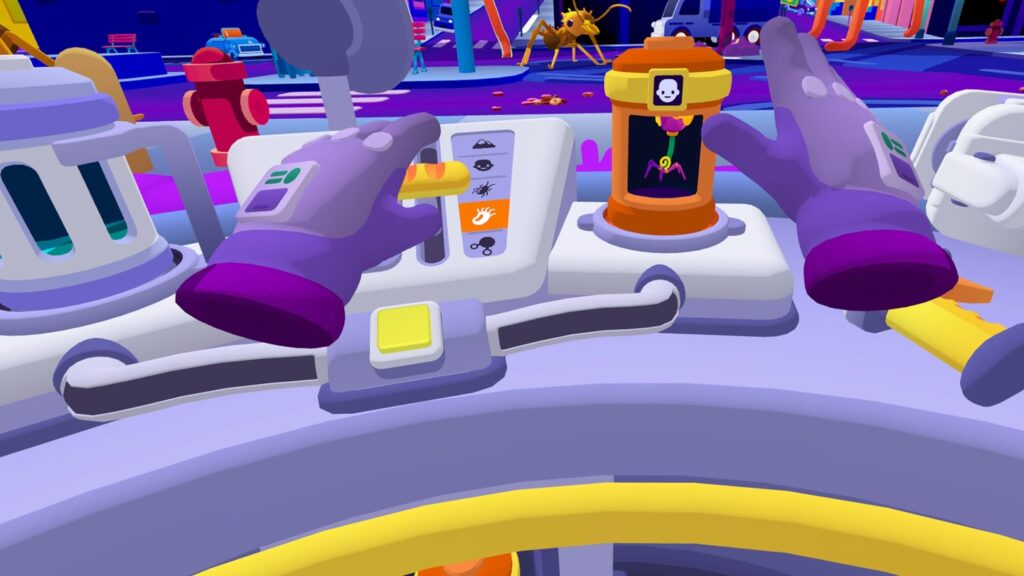
Based on our extensive testing at XReady Lab, Out of Scale turns biological size into a playful adventure where students shrink to molecular scale or grow to mountain size while solving puzzles that reinforce proportion concepts.
Best for:
Understanding proportions in biology
Middle and high school students
Linking abstract scale concepts with fun exploration
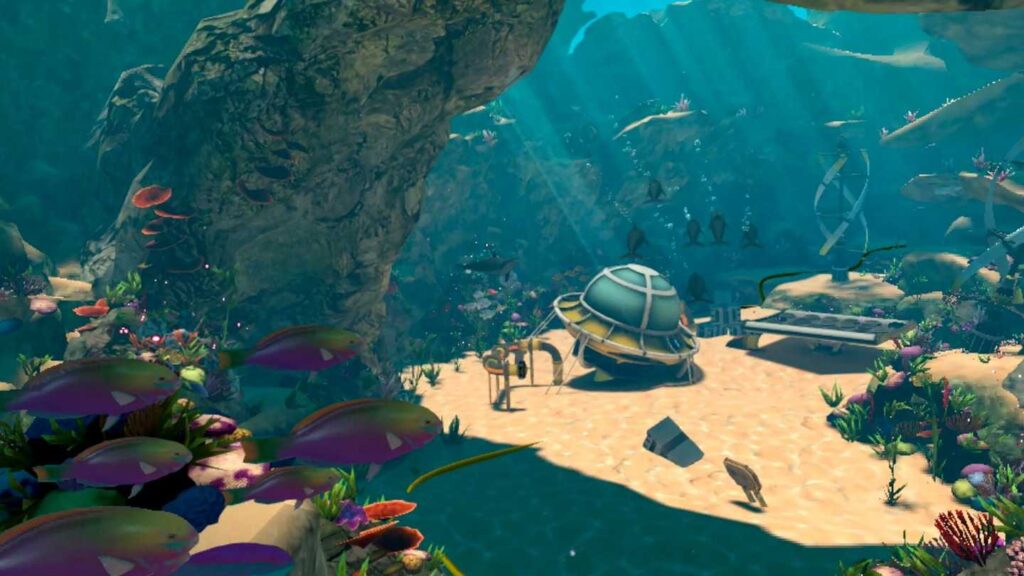
An immersive look at marine biology and conservation. Students repair a virtual research station and study ecosystems in crisis. It feels less like a game and more like a hands-on science expedition.
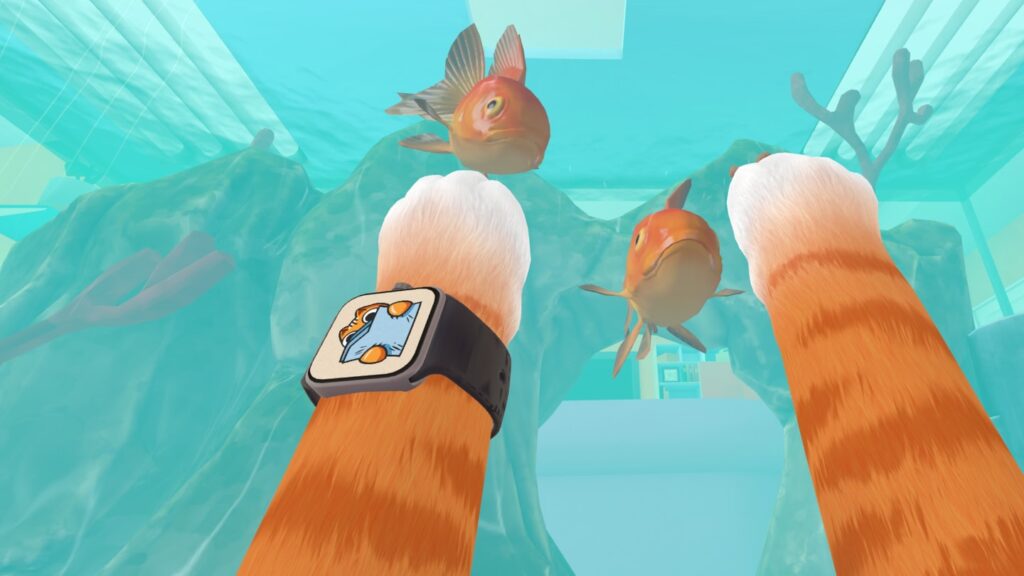
Students see the world from a cat’s perspective, learning about animal behavior and physics in a sandbox household environment. A creative option for lessons on animal cognition.
Physics is one of those subjects that often feels distant on paper – formulas about motion, energy, and forces don’t always connect with students’ daily lives. VR changes that. Instead of imagining gravity, they can float in zero-G. Instead of reading about energy transfer, they can build chain reactions with their own hands. At XReady Lab, we’ve tested dozens of apps, and here are the top VR tools we recommend for learning physics and space science.
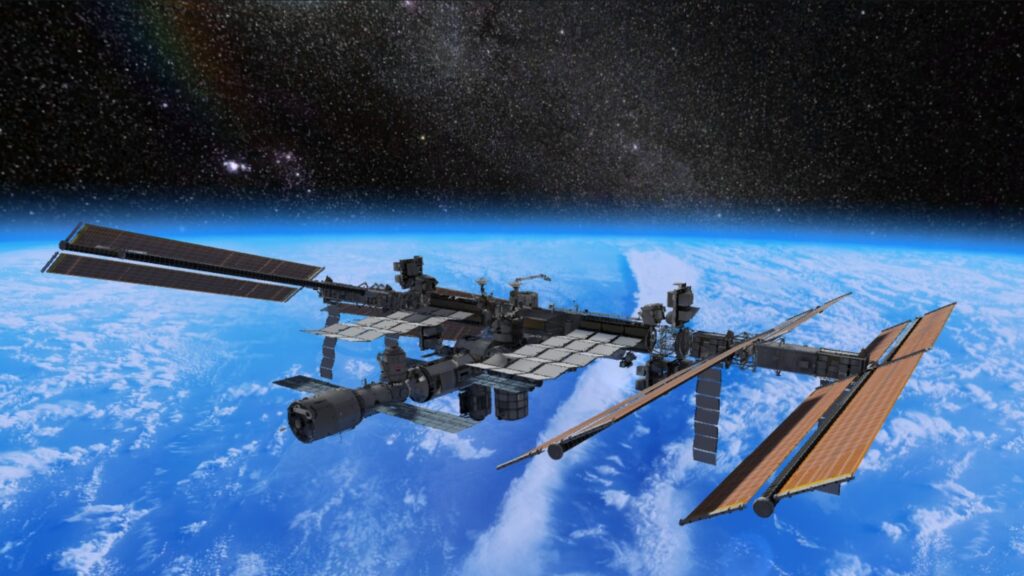
Based on our extensive testing at XReady Lab, Mission:ISS is one of the most impressive VR education apps for physics and space science. Students step into a full-scale simulation of the International Space Station and experience zero gravity firsthand.
What stood out in testing:
Realistic spacewalk procedures and spacecraft docking sequences
Authentic NASA educational content integrated into the experience
Hands-on learning of orbital mechanics, gravity, and motion
Mission:ISS brings concepts like Newton’s laws and microgravity out of the textbook and into lived experience. We highly recommend it for physics lessons on motion, forces, and space exploration.
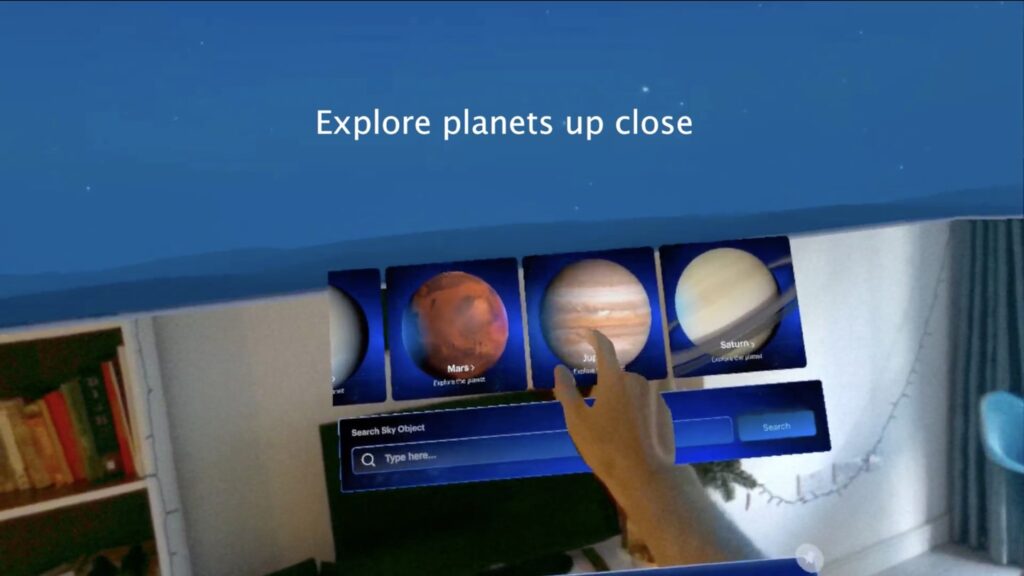
Through multiple evaluation sessions at XReady Lab, Skygaze has proven itself as a powerful astronomy learning tool. It transforms any classroom into a planetarium, allowing students to explore stars and planets in real time.
Highlights from testing:
Accurate real-time star positioning and celestial tracking
Detailed planetary visualizations ideal for astronomy demonstrations
Intuitive interface suitable for both group lessons and solo exploration
We especially recommend Skygaze for introductory astronomy and physics courses where understanding planetary motion and celestial mechanics is key.
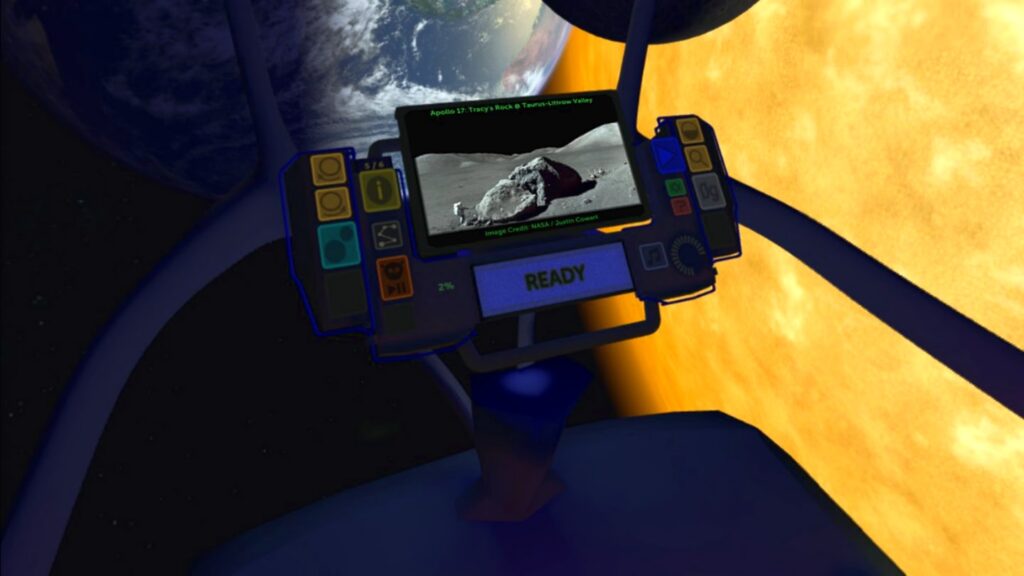
Based on our hands-on evaluation at XReady Lab, Titans of Space PLUS offers one of the most immersive guided tours of our universe. It takes students on a journey through the solar system and beyond, highlighting the immense scale of stars and planets.
Why it works for education:
Clear size comparisons that make astronomical scale understandable
Engaging guided narration for classroom or independent learning
Smooth navigation and high-quality visuals
We recommend it as a must-have for astronomy modules in physics or general science.
For physics, XReady Lab provides interactive laboratories where students can test Newton’s laws, manipulate gravity, and observe energy transfer in real time. Instead of reading formulas, they launch rockets, balance forces, or model orbital mechanics inside a safe virtual environment.
Retention boost: students show over 40% higher memory retention when concepts are reinforced through VR experiments.
Wide coverage: topics range from basic mechanics to advanced electricity and magnetism, all built for secondary school levels.
Curriculum ready: every module can be synchronized with IB, Cambridge, NGSS, College Board, CBSE and other major standards.
Families can start with a home demo, and schools can schedule a full classroom launch to integrate physics VR directly into lessons.
Pricing begins at $69 per month for a complete STEM package covering physics and other core sciences.
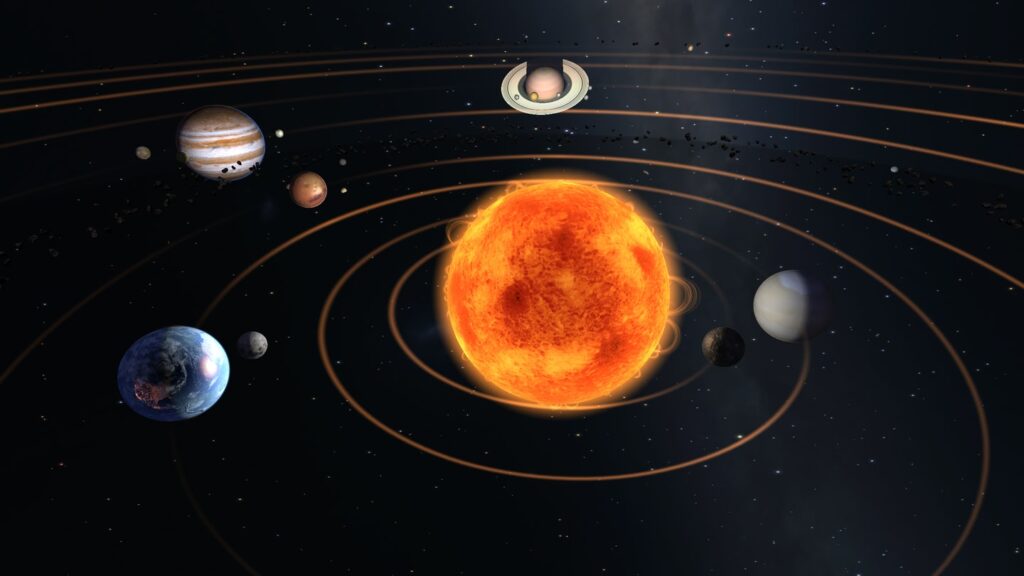
After thorough testing at XReady Lab, we found Star Chart to be a comprehensive astronomy app with features that go beyond simple star mapping.
Key features we observed:
Real-time night sky simulation with accurate star positions
Interactive 3D solar system explorer
“Moments in Time” feature that lets students revisit historic space missions and explore the Moon, Mars, and ISS Cupola
Its blend of interactivity and historical context makes it highly effective for physics and space science education.
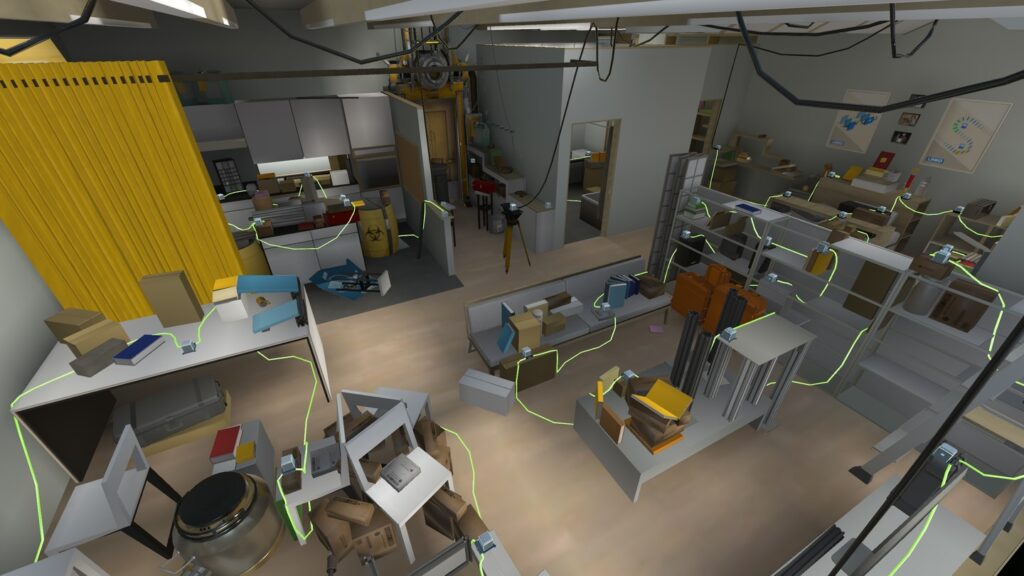
In our controlled classroom trials at XReady Lab we saw, Gadgeteer is a puzzle game that doubles as a physics lab. Students design and build chain reaction machines to explore real-world physics principles.
Why we recommend it:
Hands-on experimentation with forces, motion, and energy transfer
Intuitive building mechanics accessible to all ages
Gradual difficulty curve that encourages problem-solving and creativity
While it’s often marketed as a puzzle game, its STEM education value is significant. We’ve seen it spark genuine excitement in students as they discover how physics works through play.
Chemistry can be intimidating when it lives only in textbooks – endless symbols, formulas, and invisible processes. VR apps change that by letting students see molecules in action, manipulate atoms with their hands, and observe reactions up close. At XReady Lab, we’ve tested multiple chemistry apps, and here are the ones we recommend most.
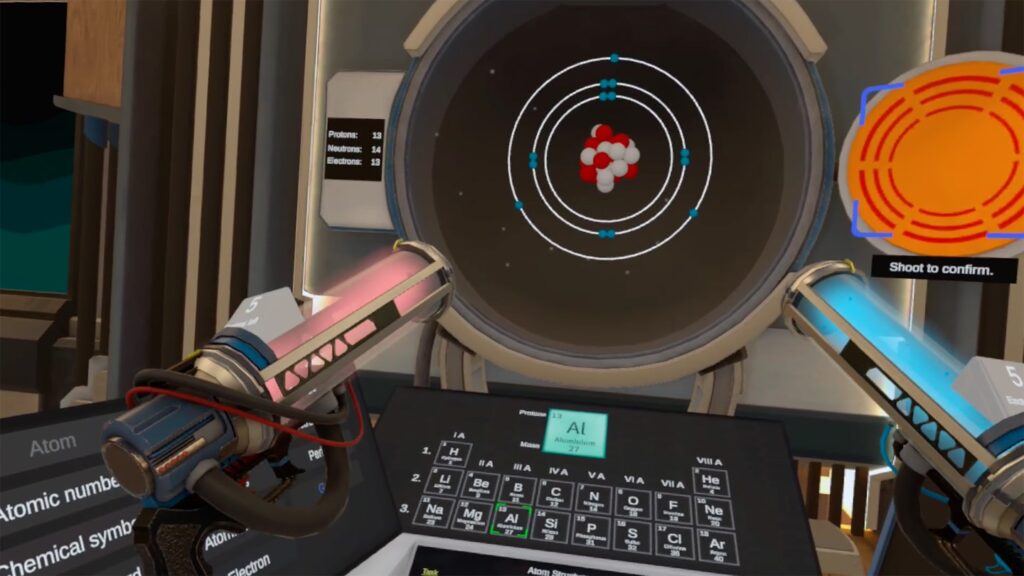
During our extensive testing at XReady Lab, we found Futuclass Education to be an outstanding platform for teaching both chemistry and physics fundamentals.
What impressed us most during evaluation:
Interactive VR lessons on Atomic Structure and Chemical Reactions
Evidence-based learning design validated in real classrooms
Web-based lesson management tools and teacher guidelines
Flexible use for both classrooms and independent study
By combining scientific accuracy with hands-on VR activities, Futuclass makes chemistry less abstract and more tangible. For schools looking to integrate VR into science education, this is one of the most complete options available.
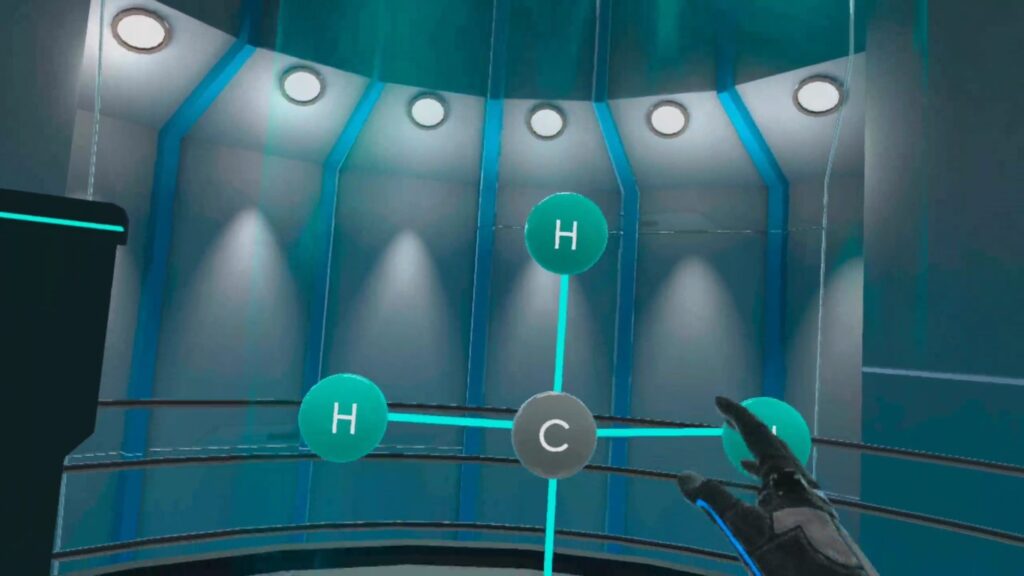
Based on our testing at XReady Lab, Molecule Builder offers an innovative approach to molecular chemistry.
Highlights from our evaluation:
Interactive VSEPR model visualization for exploring molecular geometry
Intuitive bonding mechanics to experiment with polarity and structure
Tools to calculate and visualize intermolecular forces
Strong fit for high school and introductory college chemistry
For students who struggle with abstract molecular diagrams on paper, Molecule Builder provides an engaging way to see and manipulate structures in 3D.
Math anxiety is one of the most common barriers to learning, but VR is helping to change that. Instead of memorizing formulas, students can now step into immersive environments where math connects to everyday life. At XReady Lab, we’ve tested several tools that transform math learning into something engaging and practical.
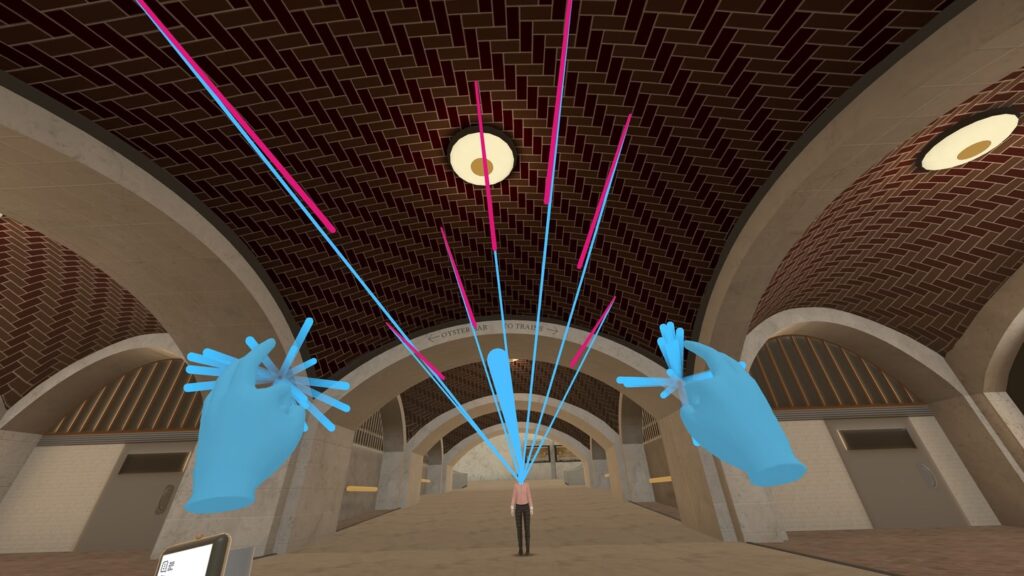
During our extensive testing at XReady Lab, we found Prisms Math to be one of the most effective VR math platforms available today.
Key strengths:
A three-step learning model: real-world problem-solving in VR, interactive 3D modeling, and connection to 2D/symbolic math
Focus on applying concepts to practical scenarios that students can relate to
Strong classroom and independent learning applications
We highly recommend it for schools that want to make math both tangible and relevant.
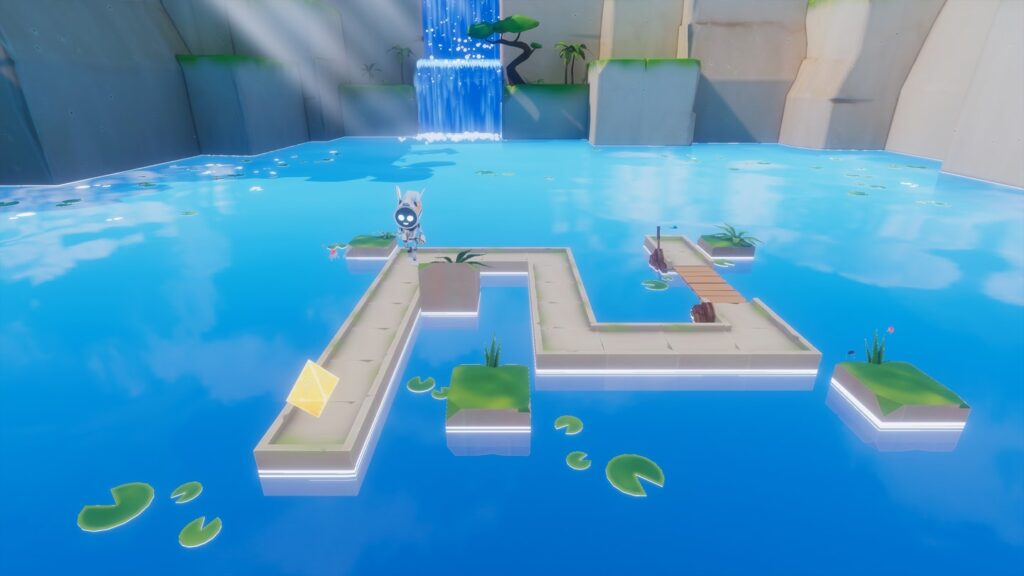
Based on our testing at XReady Lab, Programmer VR is an excellent introduction to coding fundamentals presented through a gamified experience.
What stood out in evaluation:
The character Bob guides students through challenges that naturally teach programming logic
Core concepts introduced: execution order, conditional statements, loops, and arrays
Intuitive puzzles that make abstract coding ideas more concrete
We recommend Programmer VR as a beginner-friendly platform for students who find traditional programming courses overwhelming.
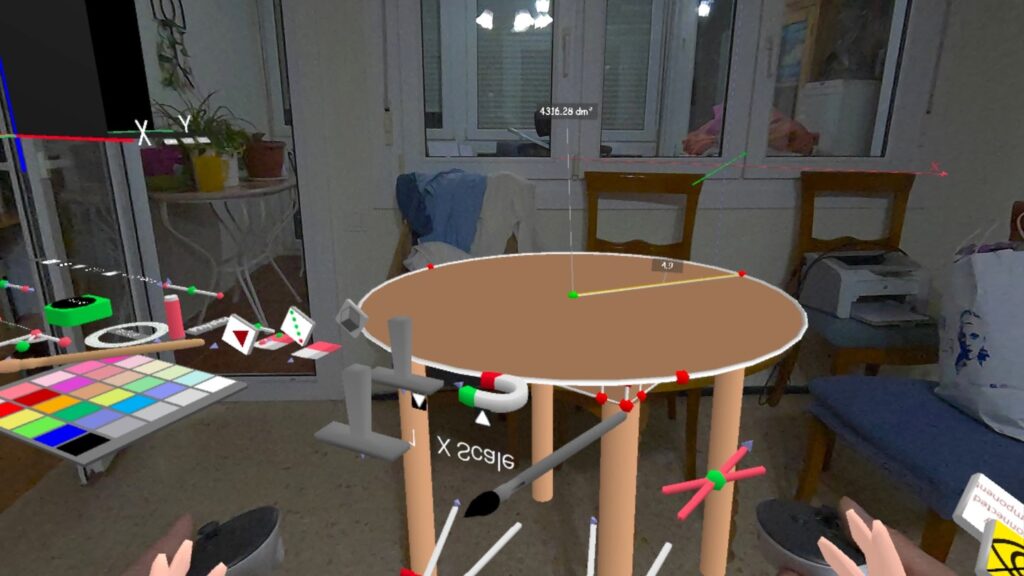
From our extensive testing at XReady Lab, Neotrie VR emerged as a standout tool for visualizing geometry in three dimensions.
Why we recommend it:
Ability to create and manipulate 3D geometric objects in real time
Customizable activities for teachers to design math lessons in VR
Strong support for making abstract geometric concepts clear and interactive
Educators looking to enhance their math curriculum with creative, hands-on VR should consider Neotrie VR a valuable addition.
Geography often feels flat when studied only from maps and textbooks. VR apps transform that experience by letting students step inside the world’s most fascinating locations, explore ecosystems, and walk through cultural landmarks. Based on our extensive testing at XReady Lab, here are the geography apps we recommend most for schools and independent learners.
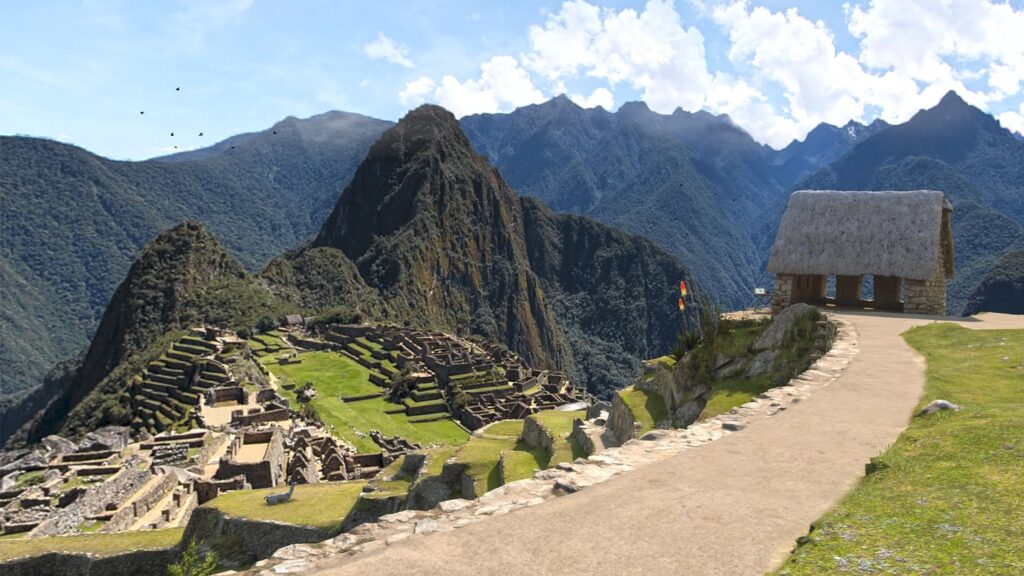
Through repeated classroom evaluations at XReady Lab, National Geographic Explore VR stands out as an exceptional tool for both geography and cultural studies.
Why we recommend it:
Immersive expeditions through Antarctica and Machu Picchu
Interactive elements like kayaking among icebergs and navigating ice shelves
Detailed historical reconstructions that bring Incan culture to life
Combines geographical exploration with historical accuracy
We especially recommend it for classrooms studying world geography, environmental science, or ancient civilizations.
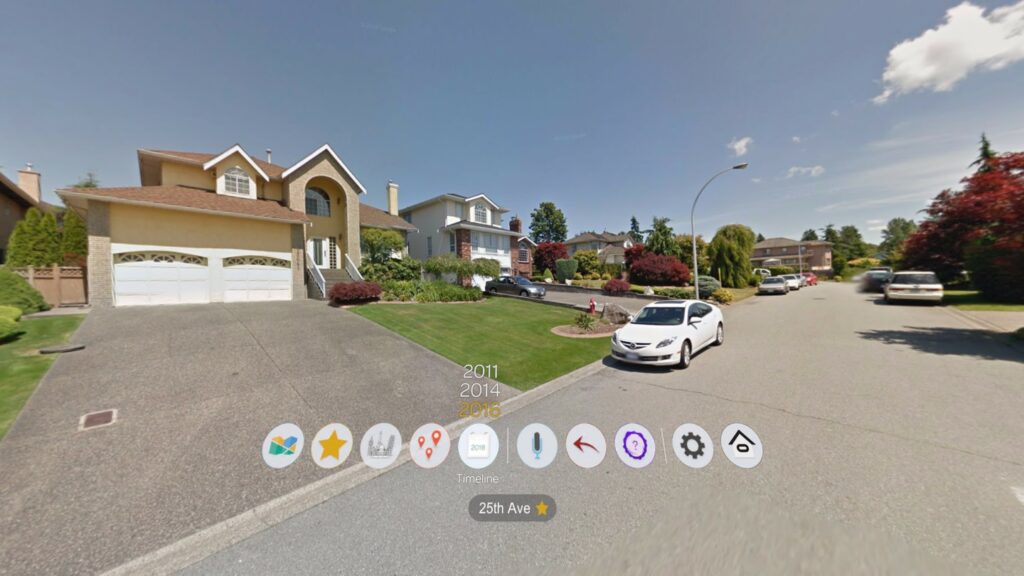
Through extensive testing at XReady Lab, we found Wander to be one of the most versatile geography and cultural apps available.
Key features:
Global coverage powered by Google StreetView data
Explore landmarks like the Taj Mahal, Pyramids of Egypt, and London Bridge
Intuitive navigation makes it easy for students to use independently
Perfect for both classroom demonstrations and homework projects
We especially recommend it for geography, history, and cultural studies classes that benefit from real-world context.
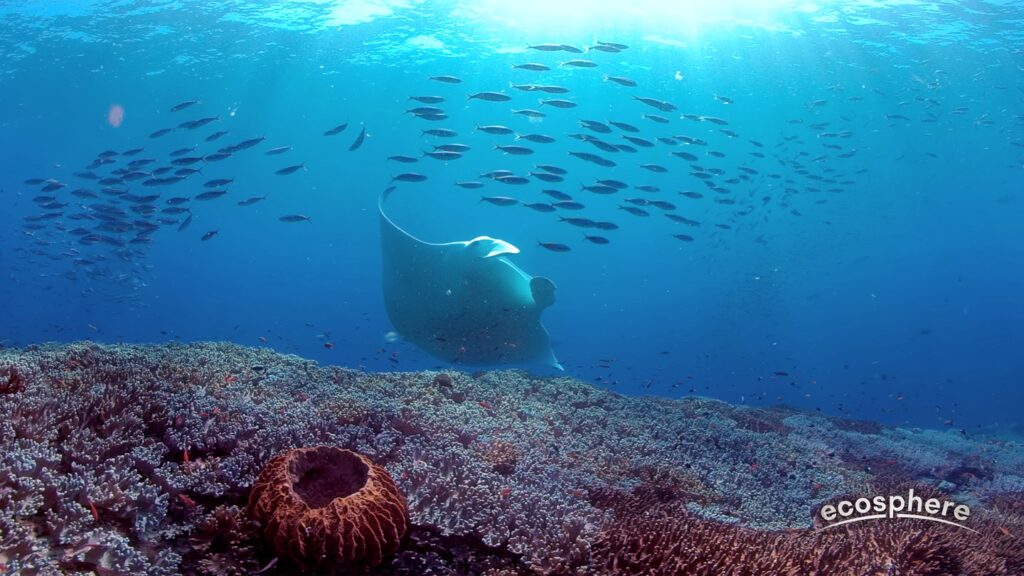
XReady Lab reviewers found during multiple test runs, Ecosphere is an excellent choice for environmental and cultural studies.
Highlights from our evaluation:
Immersive documentary format that transports students to Kenya, Borneo, and Raja Ampat
Season 2 expands into new ecosystems and cultural settings
Focus on real-world conservation efforts and sustainable practices of indigenous communities
Combines environmental science with social studies
We especially recommend it for environmental science and social studies lessons.

In our controlled classroom trials at XReady Lab we saw, Ocean Rift has proven to be an exceptional educational tool for marine biology and environmental studies.
Why we recommend it:
Explore 14 habitats featuring dolphins, sharks, turtles, and prehistoric creatures
Over 40 narrated information points that enrich exploration with science-based content
Hands-on encounters with marine life create unforgettable lessons
We especially recommend it for biology and geography classes focused on ecosystems and biodiversity.
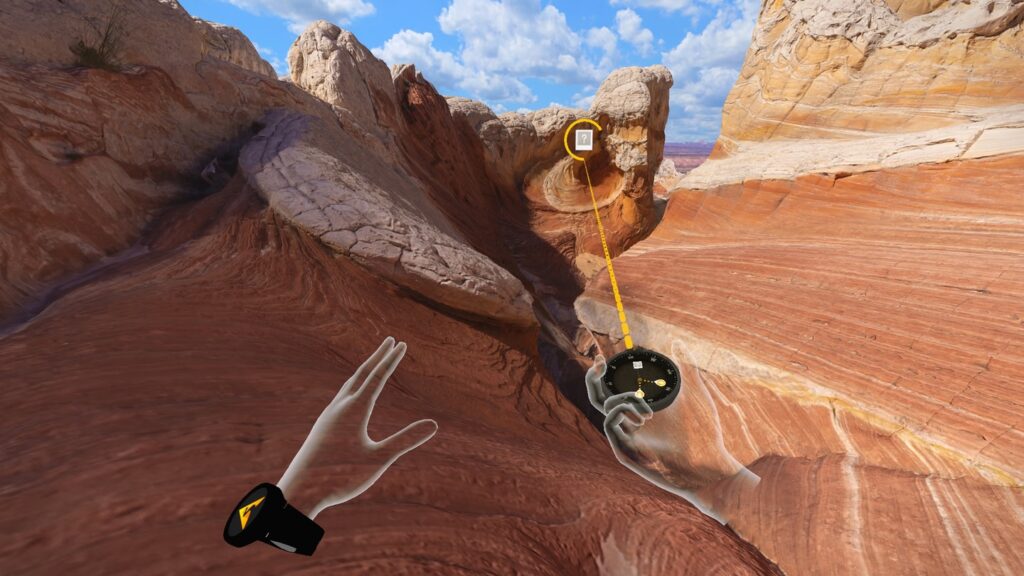
What stood out in XReady Lab’s multi-week testing, BRINK Traveler offers a world-class VR field trip experience.
Key strengths:
44 detailed natural wonders across 28 sites
Each location guided by informative virtual educators
Multiplayer functionality enables collaborative classroom use
Perfect for earth science, geology, and geography lessons
We especially recommend it for schools wanting to make geography lessons more engaging and interactive.
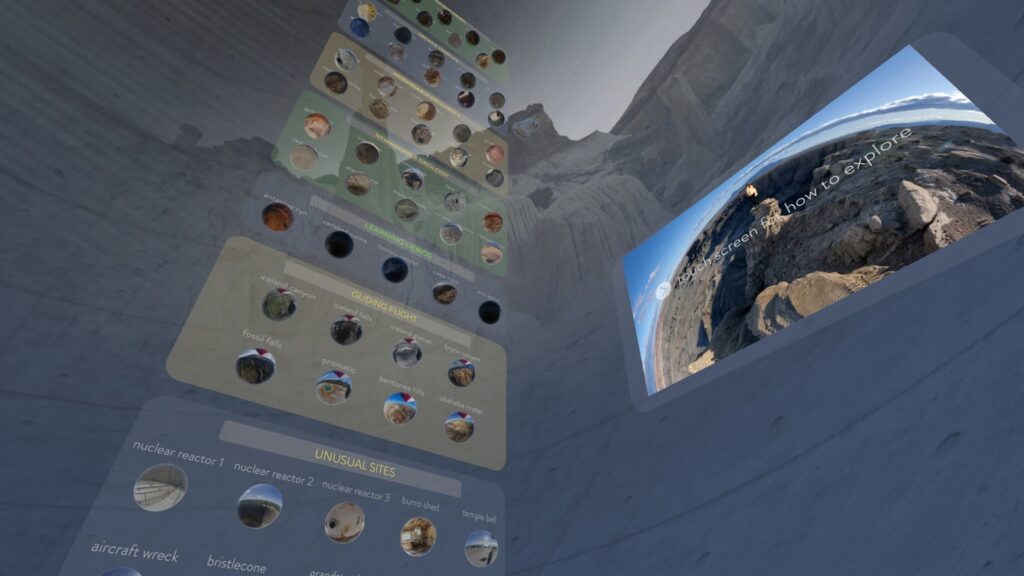
Feedback collected across several XReady Lab pilot classes shows.
Highlights:
40+ volumetric reconstructions of heritage sites and natural wonders
High-quality photogrammetry ensures authenticity
Freedom of movement and interactive features enrich exploration
Perfect for lessons on world geography, heritage, and environmental science
We especially recommend it for schools looking to combine geography with cultural awareness.
History comes alive when students can step inside the events that shaped our world. VR creates powerful connections to the past by allowing learners to explore locations, listen to real voices, and witness key moments in immersive ways. Based on our testing at XReady Lab, these apps stand out as the most impactful for history education.
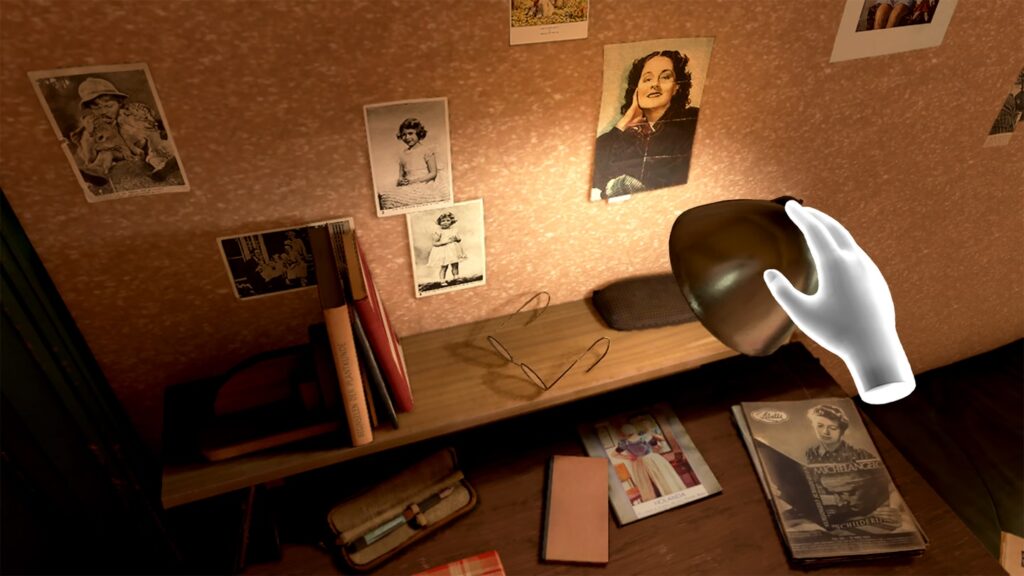
XReady Lab reviewers found during multiple test runs, Anne Frank House VR is a deeply moving educational tool.
What impressed us most:
Accurate recreation of the Secret Annex (1942-1944)
A powerful way to teach the Holocaust and human rights
Builds empathy by letting students walk through Anne Frank’s world
We especially recommend it for history and social studies classes studying World War II.

What stood out in XReady Lab’s multi-week testing, Apollo 11 VR brings the historic moon landing to life.
Highlights:
Authentic NASA audio recordings and spacecraft recreations
Immersive visuals that put students inside the mission
Ideal for teaching both space history and physics of space flight
We especially recommend it for history and science courses.

Our science educators at XReady Lab observed firsthand, On The Morning You Wake provides a gripping look into modern crisis management.
What stood out:
Recreates the false missile alert in Hawaii (2018)
Encourages reflection on nuclear threat awareness and social psychology
Ideal for social studies and current events classes
We especially recommend it for lessons exploring security and emergency preparedness.
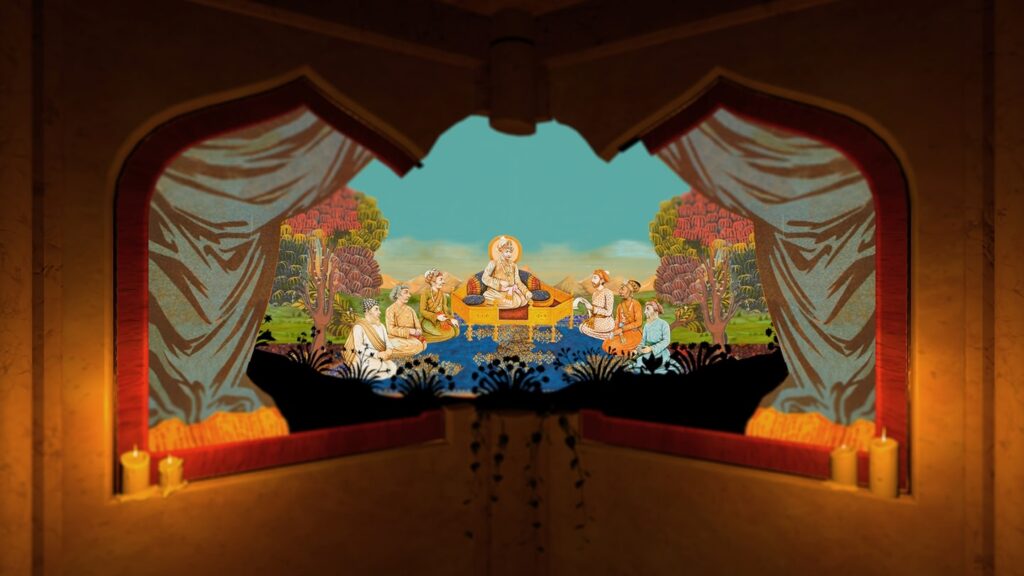
Based on our extensive testing at XReady Lab, Child of Empire is a powerful animated VR documentary.
Key features:
Tells the story of the 1947 Partition of India and Pakistan
Highlights themes of migration, colonialism, and human rights
Immersive narrative helps students emotionally connect with history
We especially recommend it for global history and social studies.
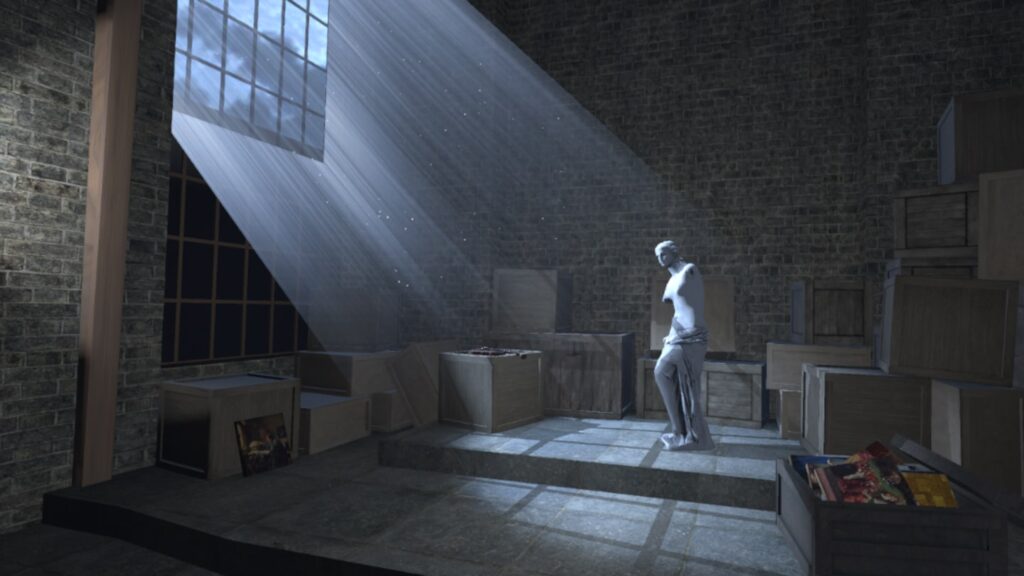
From our own structured experiments at XReady Lab, Plundering offers a unique VR exhibition on cultural history.
Highlights:
Explores the systematic Nazi looting of art and artifacts (1933-1945)
Based on Anders Rydell’s award-winning research
Excellent for teaching cultural heritage and Holocaust studies
We especially recommend it for history classes focused on World War II and cultural preservation.
Social studies education goes beyond dates and documents – it is about helping students understand people, rights, and communities. VR takes these lessons a step further by allowing learners to step inside history and social experiences, creating empathy that textbooks alone cannot provide. Feedback collected across several XReady Lab pilot classes shows, here are the most impactful social studies apps for classrooms.
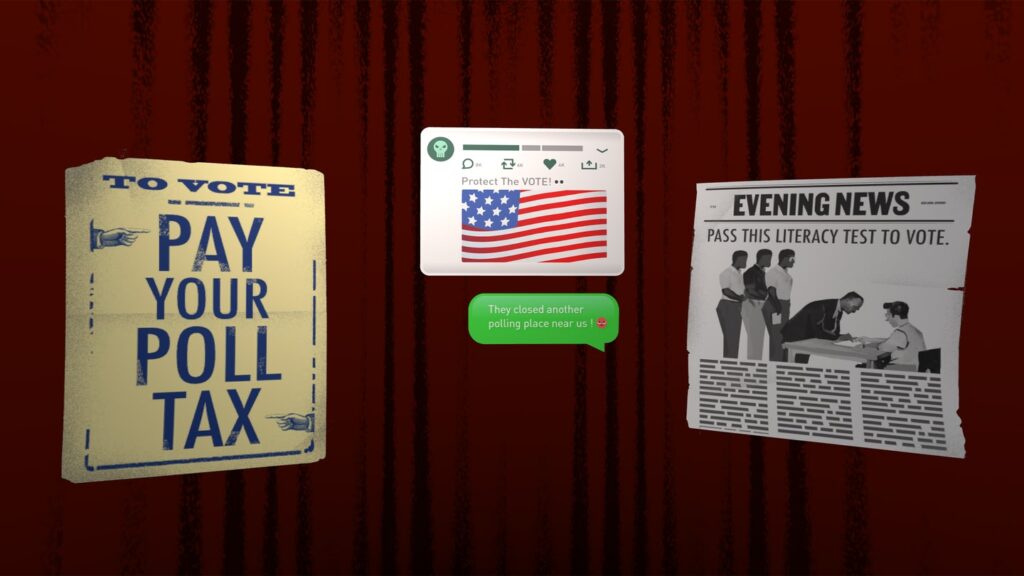
Our team’s in-depth VR sessions at XReady Lab confirmed, MLK: Now is the Time offers an exceptional educational journey through civil rights history.
Why we recommend it:
Immersive storytelling around Dr. King’s “I Have a Dream” speech
First-person narratives connect past struggles with modern social issues
Interactive design reinforces key lessons on civic engagement
We especially recommend it for classes exploring civil rights, social justice, and democracy.
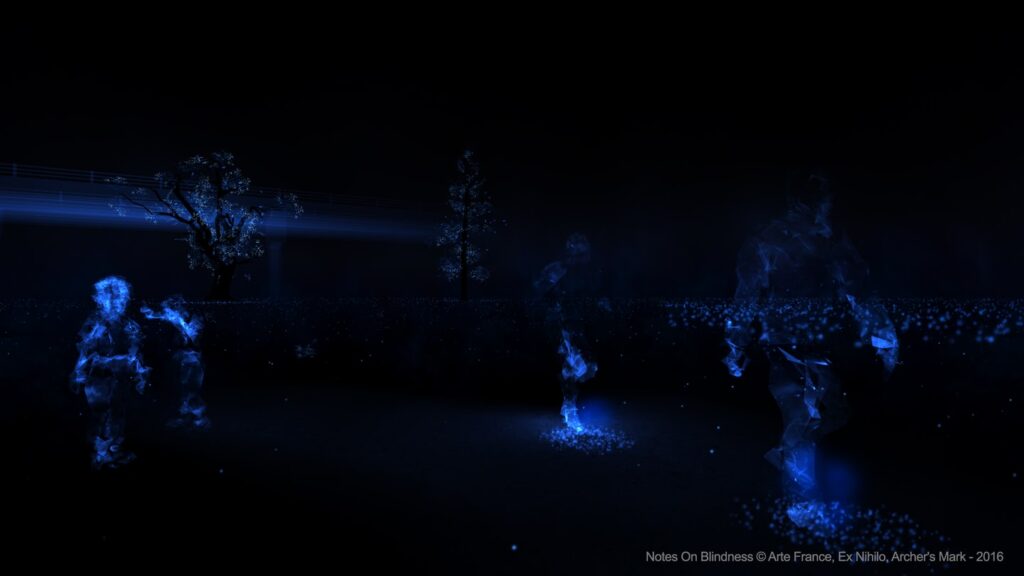
Based on our extensive testing at XReady Lab, Notes on Blindness stands out as an award-winning VR narrative that teaches empathy through sensory immersion.
Key features:
Offers an intimate look into the world of blindness
Explores how human perception adapts beyond visual input
Inspires meaningful classroom discussion on inclusivity
We especially recommend it for psychology, neuroscience, and social studies classes focusing on human adaptation and empathy building.
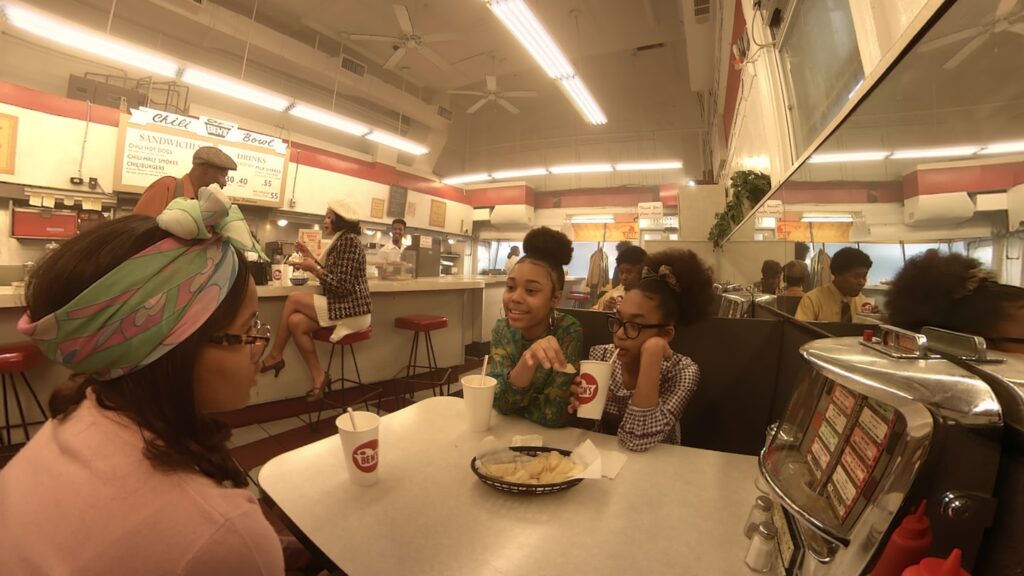
Findings from XReady Lab’s real-student sessions reveal, Traveling While Black offers a powerful cinematic exploration of civil rights history.
What stood out in our evaluation:
Focuses on the historic restrictions Black Americans faced in travel
Explores the role of safe community spaces
Creates deep empathy through immersive storytelling
We especially recommend it for social studies, history, and civic education lessons.
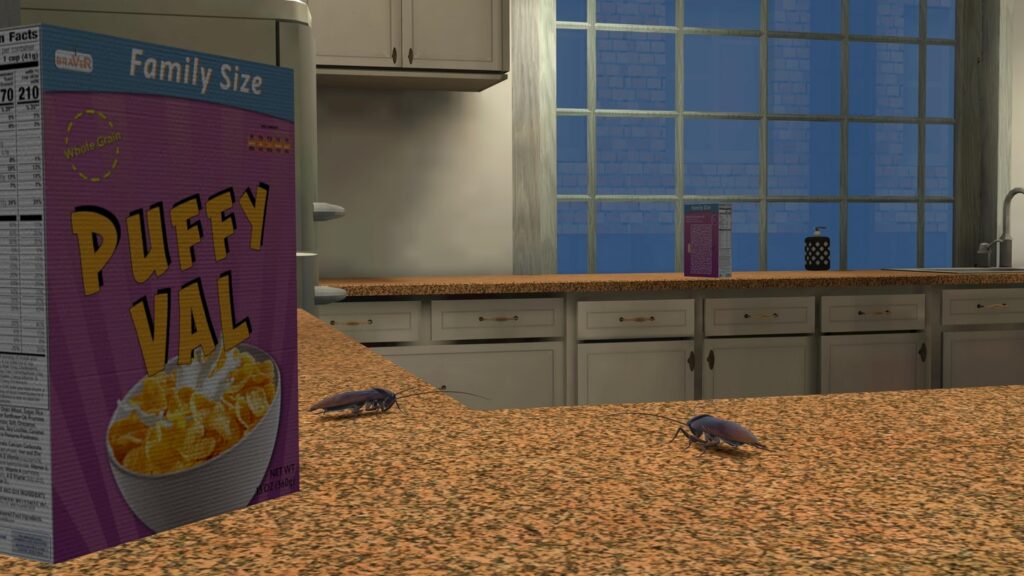
Hands-on reviews conducted by XReady Lab educators highlight, BraVeR is an exceptional VR platform for psychology and therapeutic learning.
Highlights:
Exposure therapy simulations for acrophobia, claustrophobia, and katsaridaphobia
Structured environments that are safe and effective
Practical for teaching how psychology applies in real-world interventions
We especially recommend it for psychology classes studying anxiety disorders and therapy methods.
Language learning requires practice, repetition, and confidence – three things that many students struggle with in traditional classrooms. VR changes the game by creating environments where learners can speak, make mistakes, and try again without fear of embarrassment. Our testers inside XReady Lab consistently noted, these are the most effective VR tools for language acquisition and communication skills.
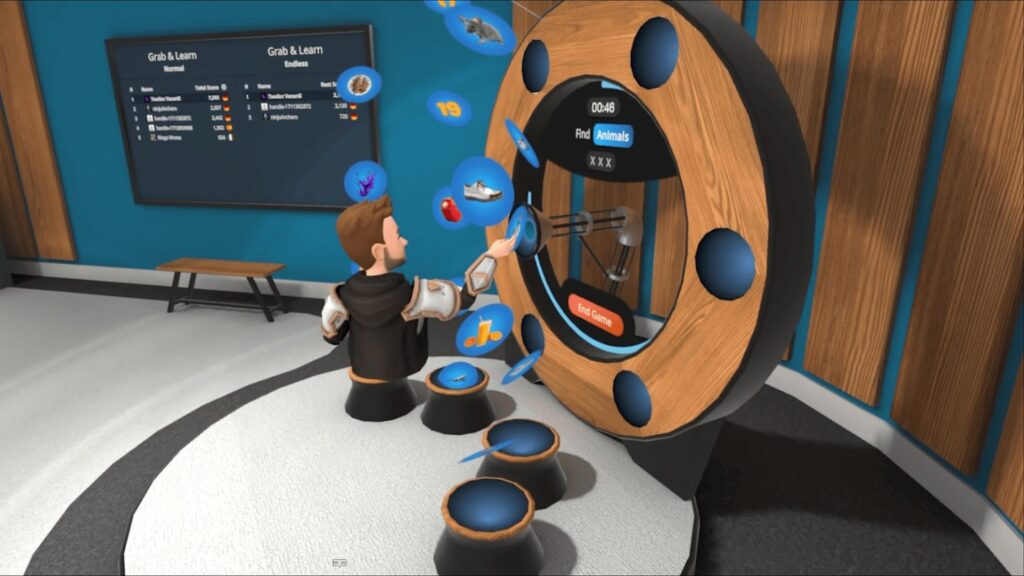
Hands-on reviews conducted by XReady Lab educators highlight, Mondly VR remains one of the most reliable VR language apps.
Why we recommend it:
Integrates seamlessly with the Mondly mobile platform
Offers 30 supported languages with lifelike characters
Real-time pronunciation feedback builds confidence
Adaptive vocabulary keeps learning efficient
We especially recommend it for conversational practice and pronunciation-focused classes.
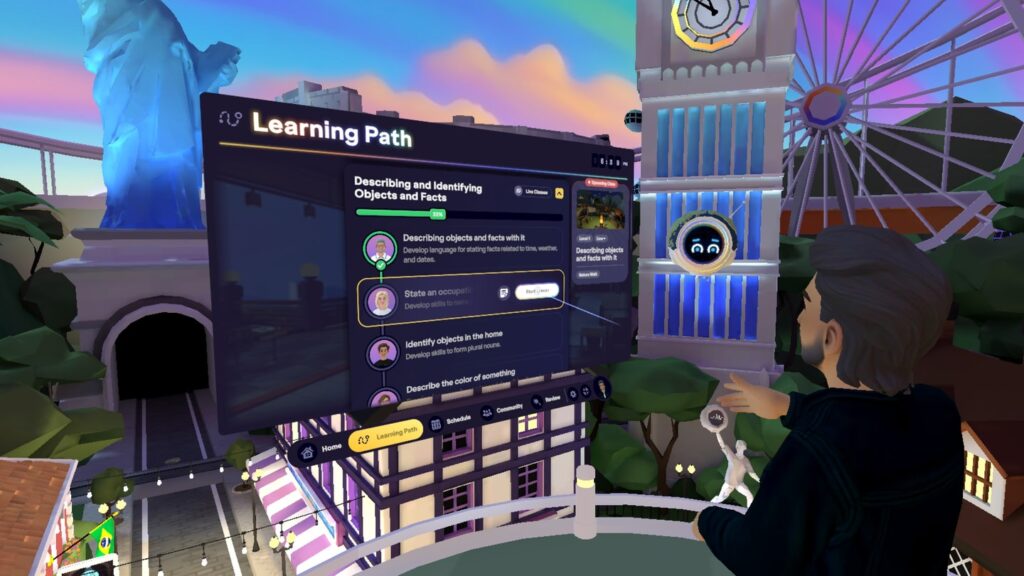
Our science educators at XReady Lab observed firsthand, Immerse offers a fresh approach to language fluency.
Key features:
Conversational focus on Spanish, French, and English
Global VR learning community for real-time practice
Expert-designed classes combined with AI-powered fluency training
We especially recommend it for students seeking fast progress in speaking skills.
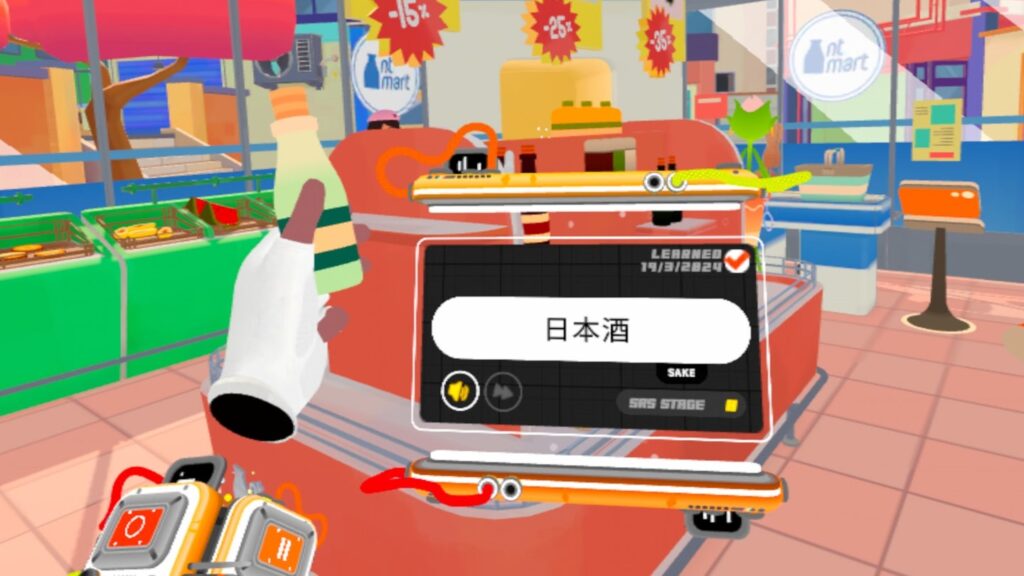
Our testers inside XReady Lab consistently noted, Noun Town is an excellent gamified vocabulary builder.
What impressed us:
Mixed reality mechanics keep students engaged
Reward-based system transforms the environment as learners progress
Fun gameplay that boosts confidence and retention
We especially recommend it for early-stage learners and classes focused on vocabulary growth.
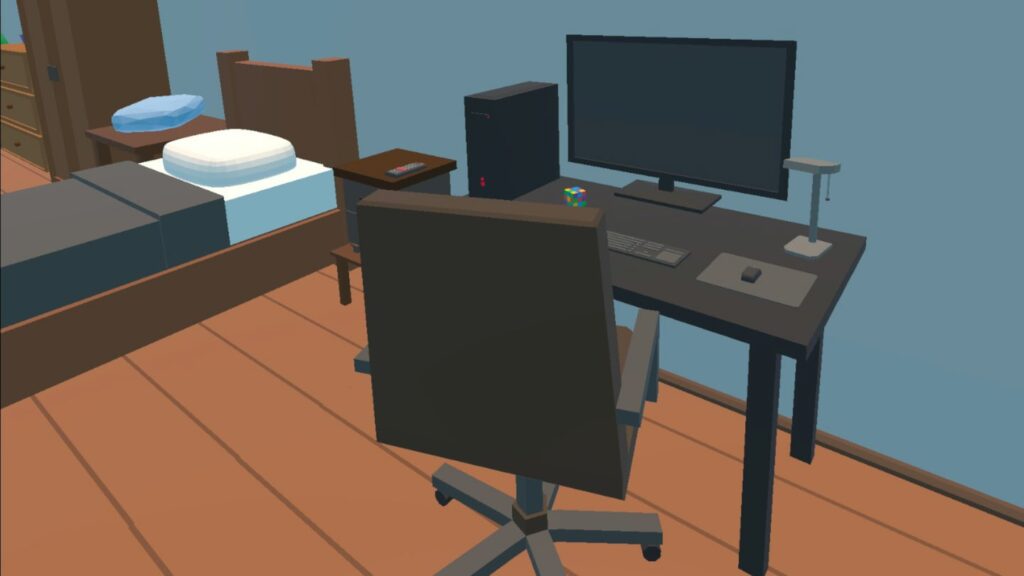
Based on our extensive testing at XReady Lab, Language Lab offers a unique natural acquisition method.
Highlights:
20+ supported languages with immersive environments
Built on comprehensible input theory
Students interact with objects and follow teacher-led instructions
We especially recommend it for classrooms exploring natural learning and everyday vocabulary.
Physical education is no longer confined to gyms and playgrounds. VR now brings rhythm, sports, and full-body workouts into classrooms and homes in ways that are interactive, motivating, and surprisingly effective. In our controlled classroom trials at XReady Lab we saw, these are the top VR apps for physical education that merge fun with measurable fitness benefits.
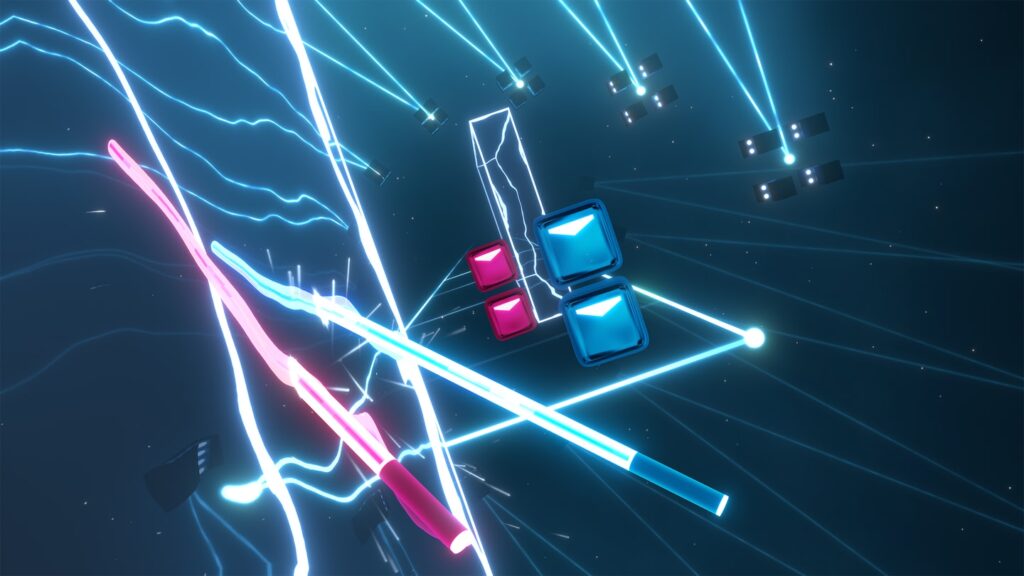
During side-by-side comparisons inside XReady Lab’s demo labs, Beat Saber is one of the most engaging ways to combine music, rhythm, and physical activity.
Key highlights:
Full-body workout through slicing blocks in rhythm
Builds hand-eye coordination, timing, and reflexes
Turns cardiovascular exercise into a fun, gamified activity
We especially recommend it for PE classes focused on rhythm, timing, and coordination.
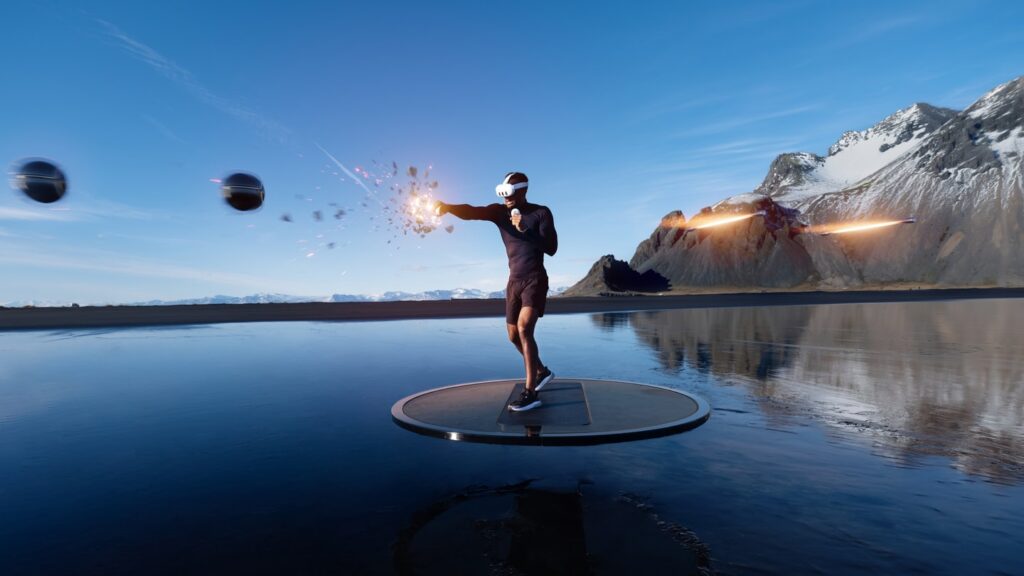
Trial data gathered during XReady Lab evaluations indicates, Supernatural provides a comprehensive fitness and mindfulness platform.
Why it stands out:
Full-body workouts in breathtaking virtual environments
Library includes boxing, meditation, stretching, and more
Biometric feedback keeps students motivated and safe
We especially recommend it for classes that combine fitness training with mindfulness practices.
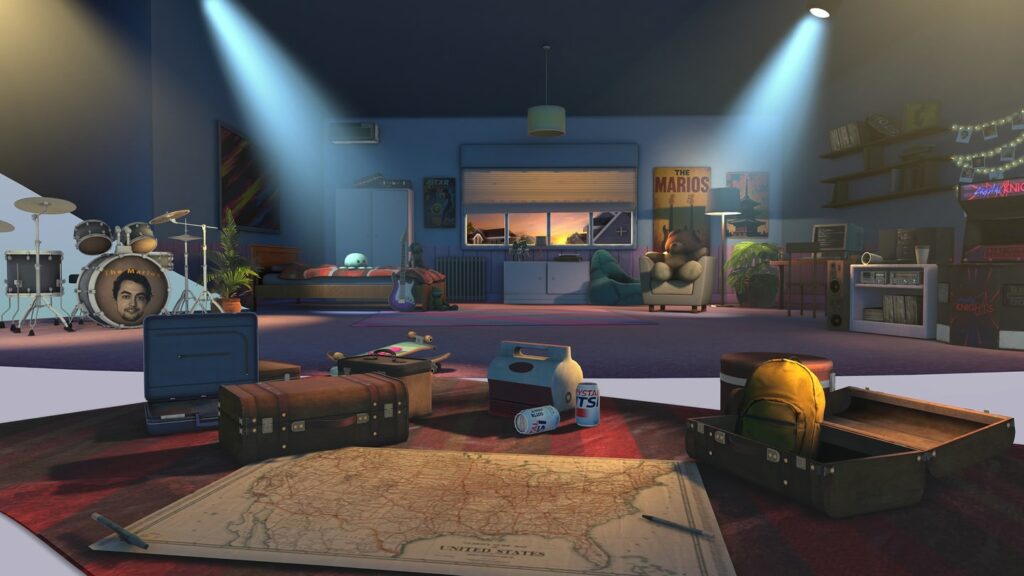
After running full lesson simulations at XReady Lab, FitXR has proven to be a versatile VR fitness app with something for everyone.
What impressed us most:
Four workout studios: Box, Dance, Sculpt, and HIIT
Hundreds of on-demand classes with weekly updates
Strong focus on rhythm, stamina, and sustainable fitness habits
We especially recommend it for PE classes that want variety and ongoing engagement.
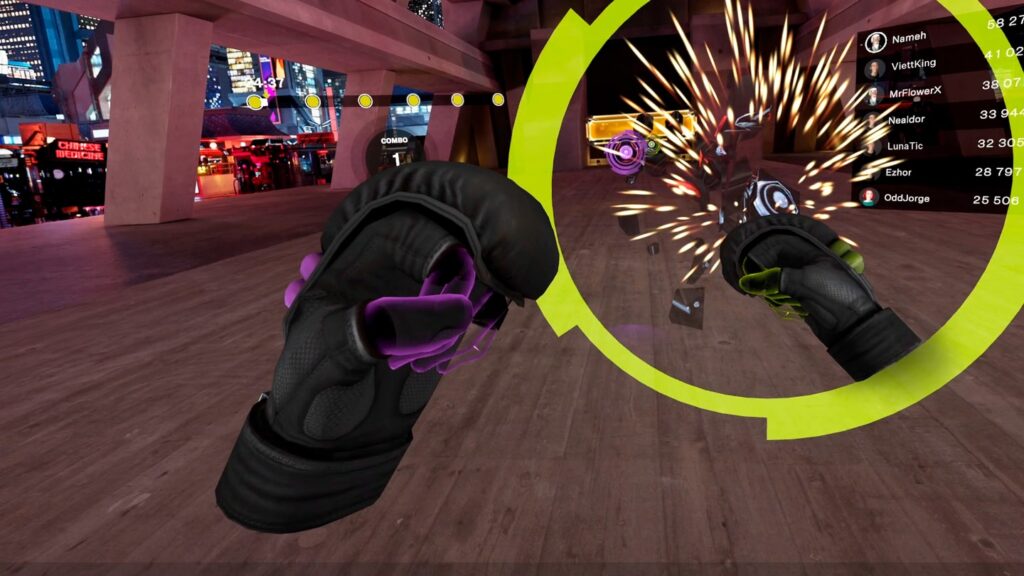
Hands-on reviews conducted by XReady Lab educators highlight, Les Mills BODYCOMBAT translates martial arts-inspired workouts into VR.
Highlights:
Professional coaching with varying intensity levels
Biomechanics-based approach for effective movement
Great balance between cardio, technique, and fun
We especially recommend it for fitness programs centered on strength, cardio, and martial arts skills.
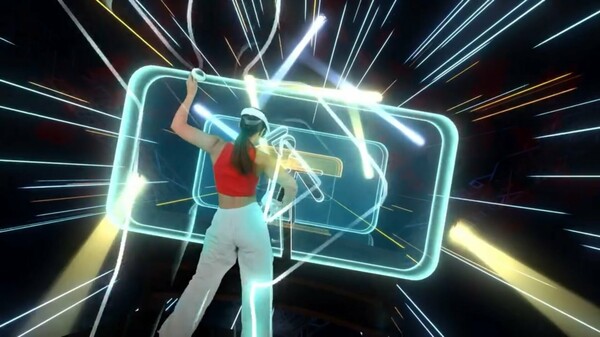
Findings from XReady Lab’s real-student sessions reveal, OhShape is a rhythm and body-awareness training tool that doubles as a workout.
Why we recommend it:
Students must match body poses with moving wall cutouts
Builds coordination, flexibility, and reaction speed
Fun mix of dance, puzzle-solving, and exercise
We especially recommend it for PE classes focused on rhythm, spatial awareness, and body control.
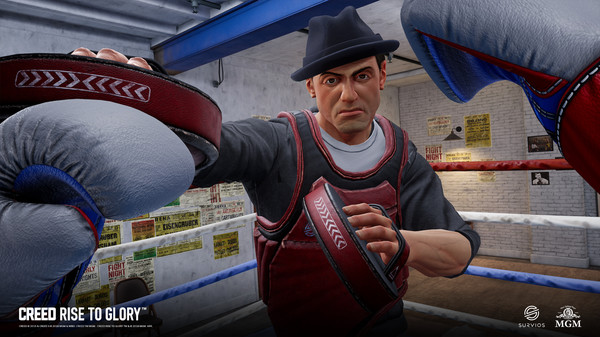
After running full lesson simulations at XReady Lab, Creed: Rise to Glory brings boxing training into an immersive VR arena.
Standout features:
Narrative-driven gameplay under the guidance of Rocky Balboa
Authentic boxing mechanics with structured progression
Focus on cardio, reaction time, and sports psychology
We especially recommend it for PE programs centered on boxing technique and endurance training.
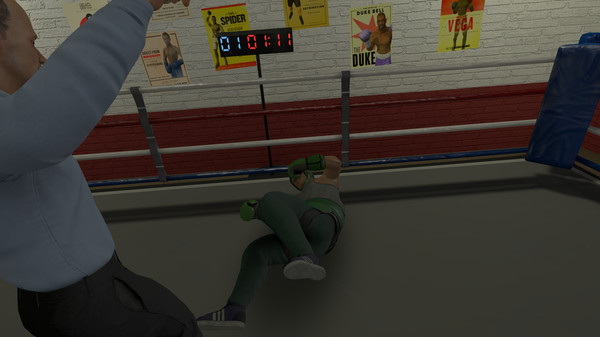
Based on our extensive testing at XReady Lab, Thrill of the Fight is a no-frills, highly realistic boxing simulator.
Key points:
Physics-driven mechanics for authentic training
Focus on timing, strategy, and precision
Offers a challenging environment with opponents of varying styles
We especially recommend it for students learning boxing fundamentals and strategic thinking.
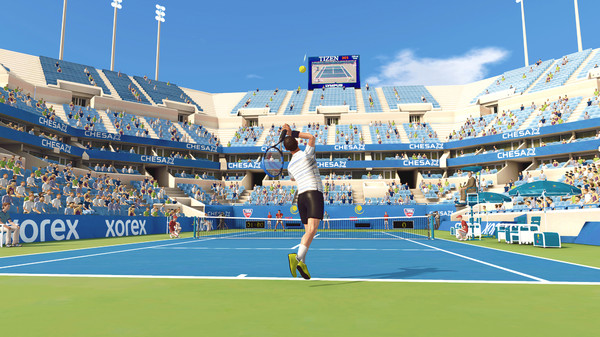
What stood out in XReady Lab’s multi-week testing, First Person Tennis offers one of the most realistic sports simulations in VR.
Why it works well in PE:
Accurate physics engine for lifelike tennis shots
Developed with input from professional players
Builds coordination, stamina, and sports technique
We especially recommend it for PE classes exploring tennis fundamentals and sports science.
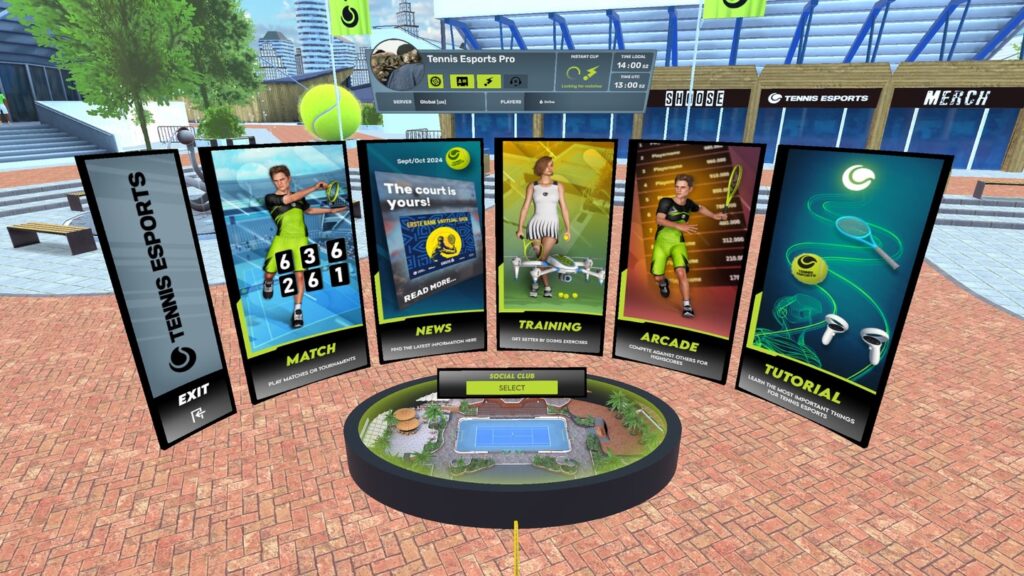
Trial data gathered during XReady Lab evaluations indicates, Tennis eSports adds a competitive edge to VR sports learning.
Key features:
Advanced physics engine for realistic gameplay
Compatible with VR tennis handles for better immersion
Includes structured skill progression for students
We especially recommend it for classes that want competitive tennis training combined with biomechanics learning.
Education is not just about facts and formulas – it is also about training the brain itself. Cognitive skills like memory, focus, and problem-solving are the foundations of learning. VR now offers tools to strengthen these abilities in an engaging and measurable way.
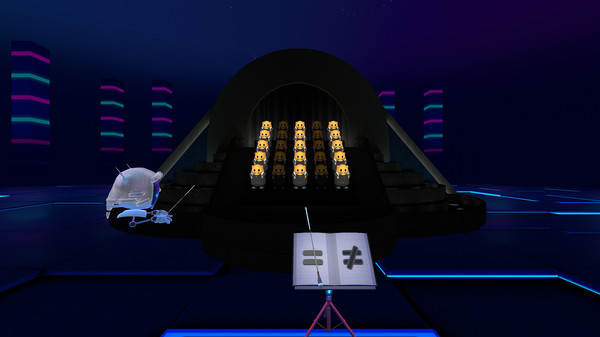
After weeks of hands-on trials at XReady Lab, ENHANCE VR is one of the most effective brain-training platforms available in VR.
Why we recommend it:
Scientifically validated mini-games that target memory, attention, spatial skills, and problem-solving
Progress tracking that shows how lifestyle choices affect cognitive performance
Suitable for both classroom use and independent learners
We especially recommend it for STEM classes exploring neuroscience and for students who want to sharpen their focus and cognitive agility.
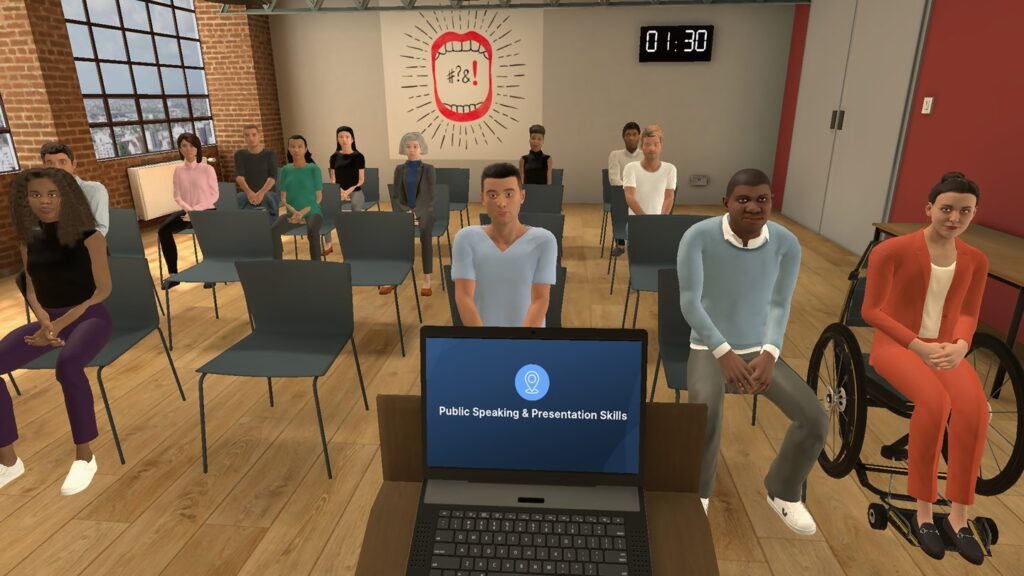
Trial data gathered during XReady Lab evaluations indicates, BodySwaps excels at soft-skill training.
Key strengths:
Uses behavioral science with AI-driven feedback
Safe VR environments for practicing communication
Teaches active listening, conflict resolution, and inclusive communication
We especially recommend it for STEM classes focused on workplace readiness and leadership development.
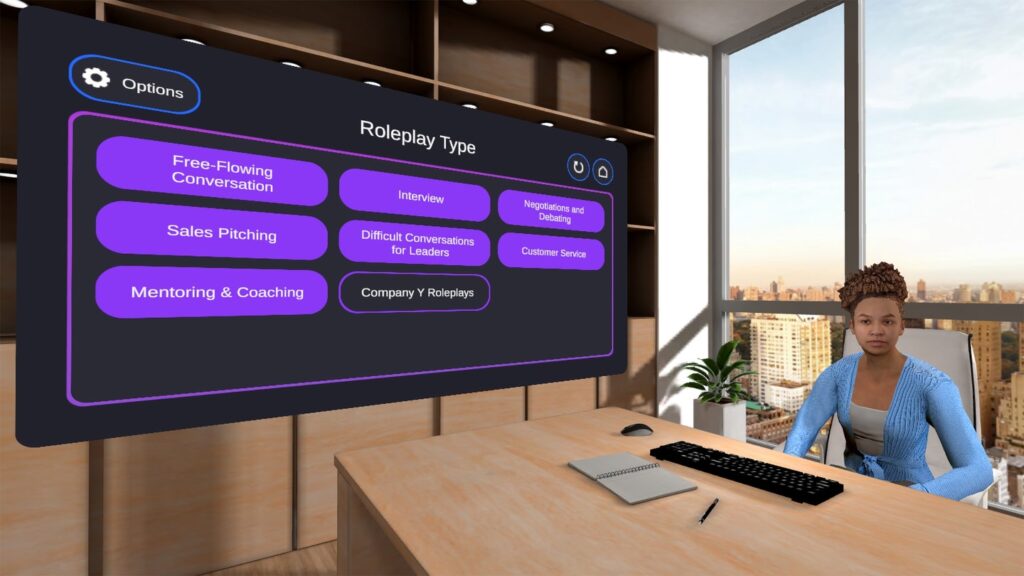
Findings from XReady Lab’s real-student sessions reveal, VirtualSpeech is one of the most comprehensive VR communication tools.
Features we liked most:
Covers public speaking, sales, interviews, and leadership
Real-time feedback in professional scenarios
Excellent for students preparing for presentations and career development
We especially recommend it for high school and university classes focused on professional communication.
Sometimes the most powerful tool in VR is not a single app but a whole platform that allows teachers and students to collaborate, build lessons, and host interactive events. In our controlled classroom trials at XReady Lab we saw, here are the leading immersive platforms for schools.
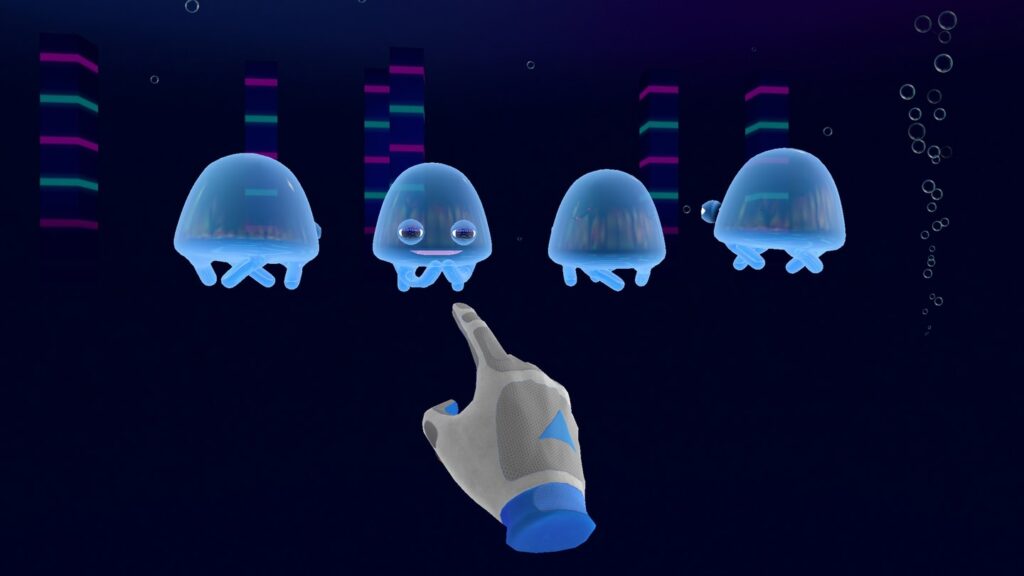
Hands-on reviews conducted by XReady Lab educators highlight, ENGAGE is one of the most versatile virtual classrooms.
Key features:
Tools for hosting classes, conferences, and workshops
Interactive environments for labs and training
Professional-grade platform trusted by schools and universities
We especially recommend it for remote learning, VR laboratories, and schools that want to host large-scale educational events.
👉 Quest Store | Pico Store
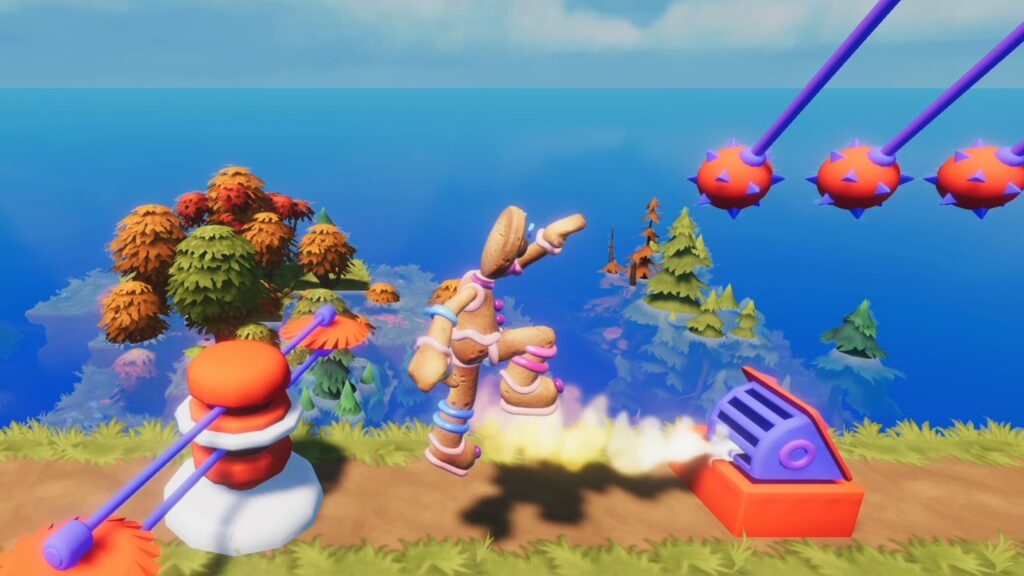
Based on our extensive testing at XReady Lab, Spatial is an innovative collaboration platform that turns any device into a shared VR classroom.
Highlights:
AI-powered avatars generated from 2D photos
Cross-platform support for headsets, PCs, and smartphones
Great for teamwork, discussions, and project-based learning
We especially recommend it for group projects, student collaboration, and schools that want an accessible VR platform across devices.
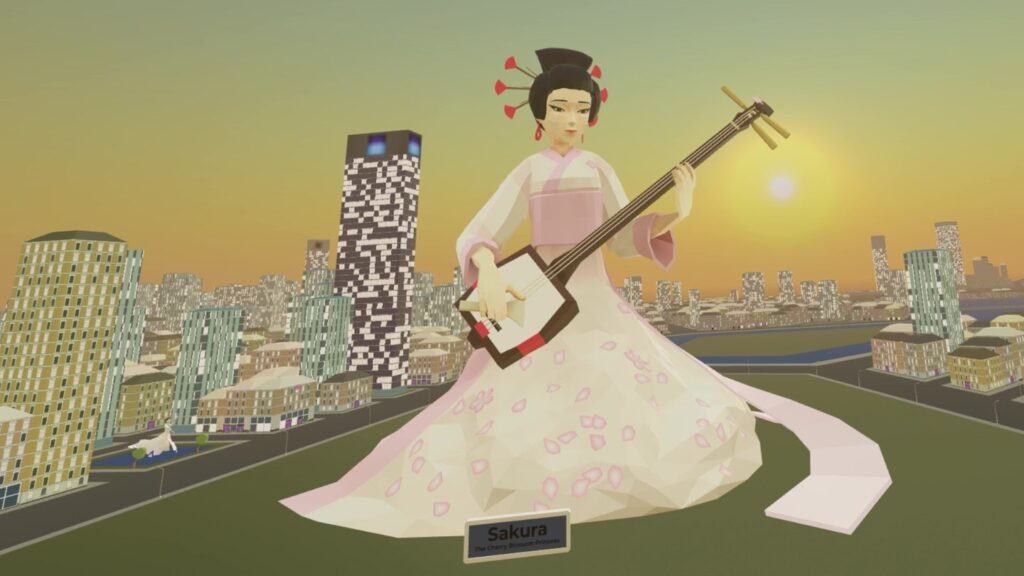
During side-by-side comparisons inside XReady Lab’s demo labs, Multiverse stands out for its wide range of environments tailored to education.
Why it impressed us:
Virtual Planetarium for astronomy studies
Interactive Mazes that build spatial reasoning
Galleries for cultural and artistic education
Flexible customization for teachers to design unique lessons
We especially recommend it for cross-disciplinary learning, combining STEM, arts, and cultural exploration in VR.
Career education is no longer limited to job fairs or guest speakers. VR now allows students to step directly into different professions – safely, realistically, and with hands-on interaction. Based on our testing at XReady Lab, these are the most impactful VR career simulations for schools.
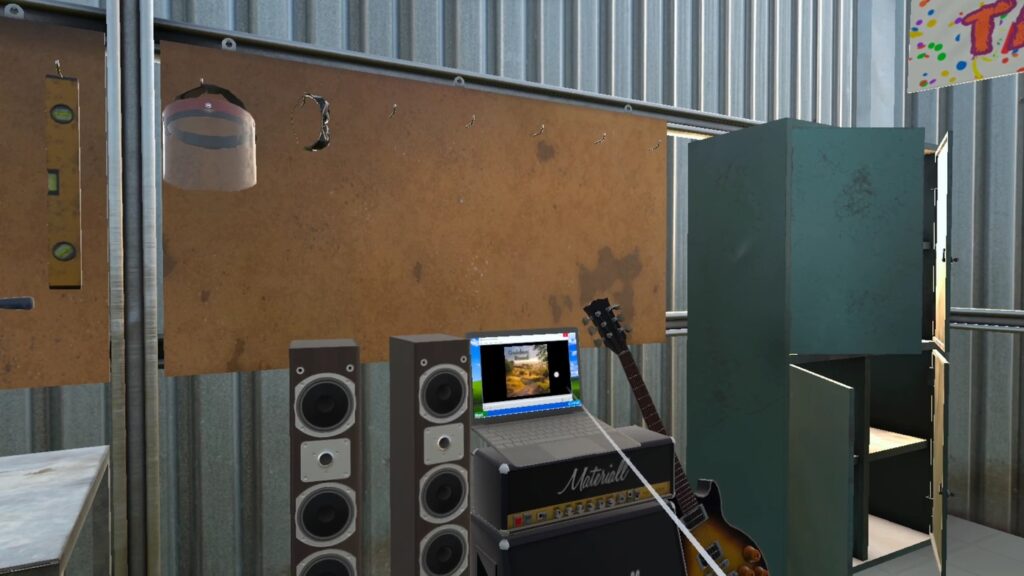
Students operate a lathe, carve wood, and experiment with shapes across 10 levels. Haptic feedback, sound design, and precise controls make the experience feel authentic.
Why it works in schools:
Introduces craftsmanship and creativity
Connects math and geometry to real-world applications
Teaches patience and precision
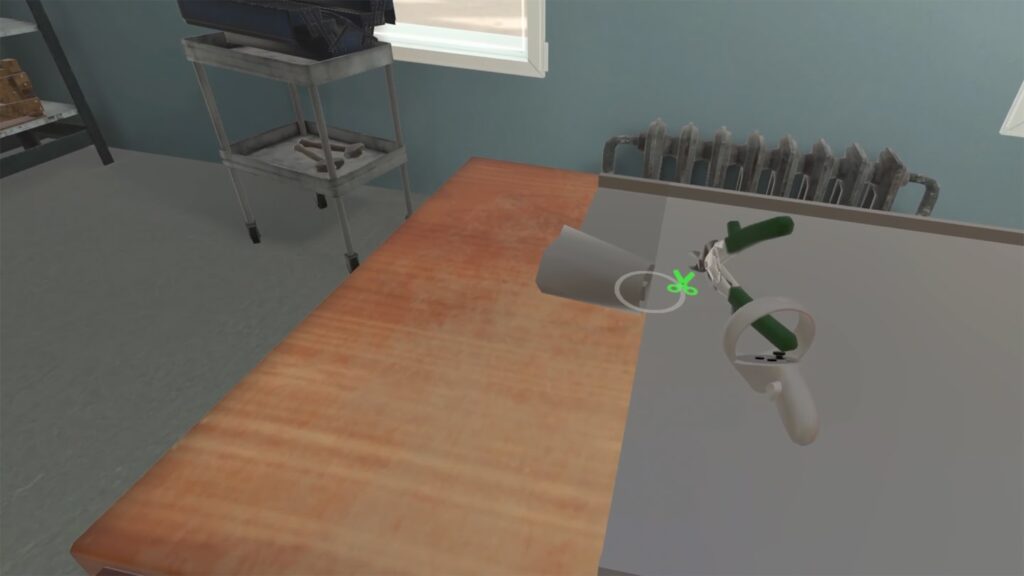
This simulation puts students on a construction site, cutting and shaping metal sheets, climbing rooftops, and learning safety protocols.
Why it works in schools:
Shows the reality of construction work
Highlights responsibility and accuracy
Breaks stereotypes about trade professions
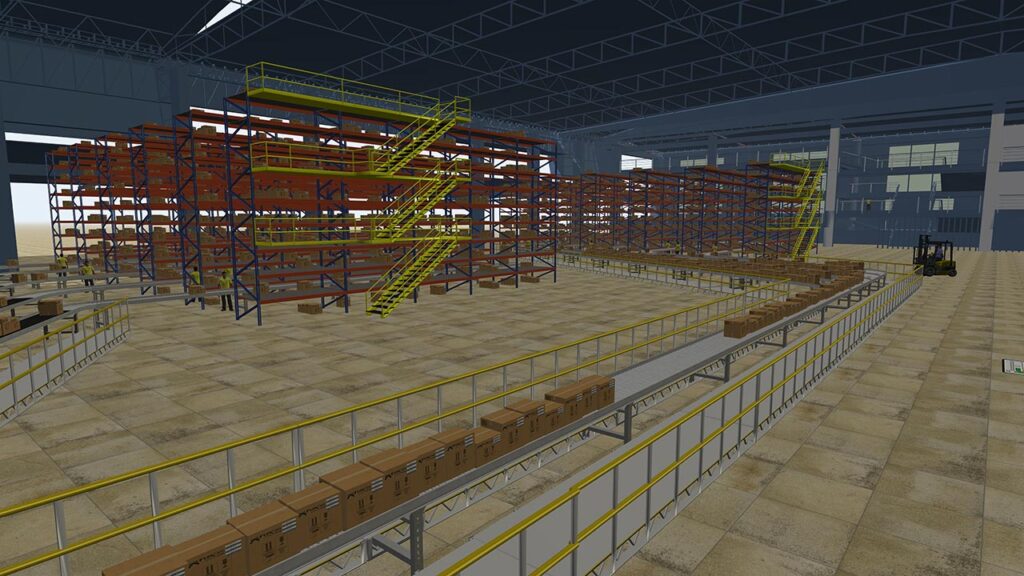
Students step into a warehouse role, organizing goods, following safety rules, and reducing errors.
Suggested classroom activity:
Start with: “Why do warehouses matter in everyday life?”
Run the simulation in small groups
Hold a reflection session on logistics, math, and ergonomics
👉 Store
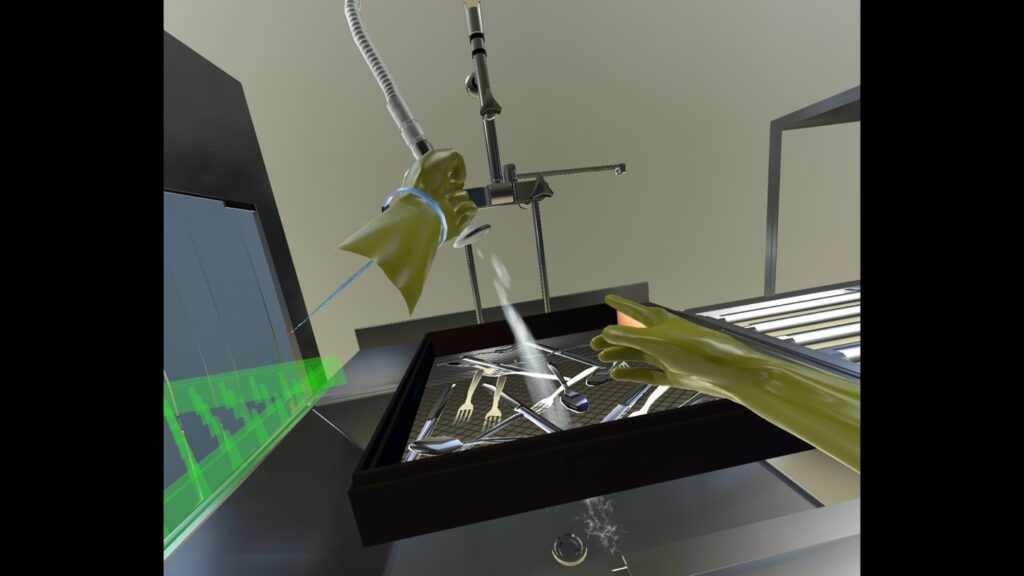
This simulation places students in a busy kitchen, managing dishwashing under time pressure while following hygiene standards.
Why it works:
Teaches respect for essential jobs in hospitality
Highlights teamwork, speed, and responsibility
Shows the pace of real kitchens
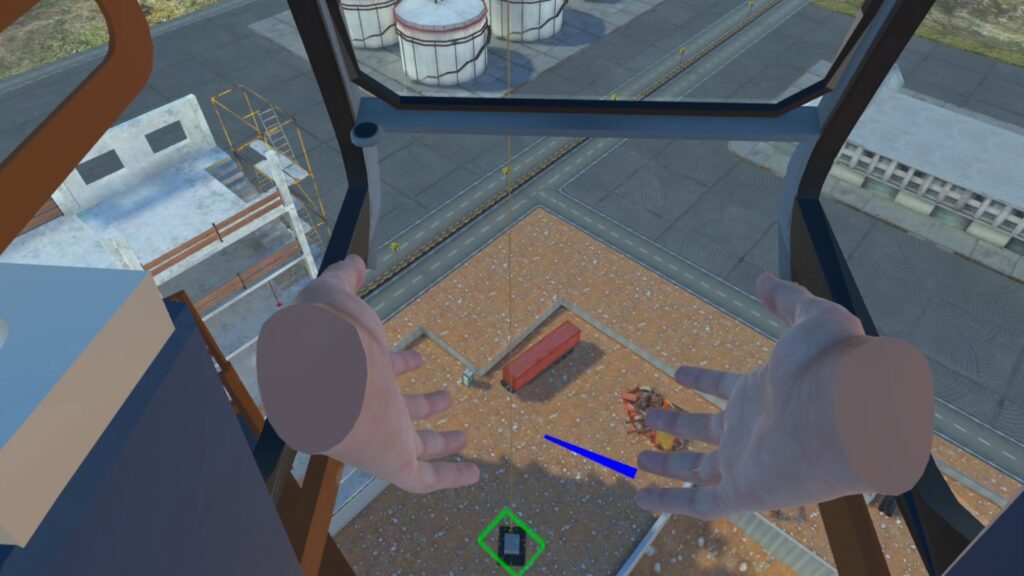
Students step inside a crane cabin, lifting and placing heavy loads with realistic physics.
Why it works in schools:
Builds understanding of forces, balance, and coordination
Demonstrates responsibility in high-risk environments
Connects classroom physics lessons with real-world engineering
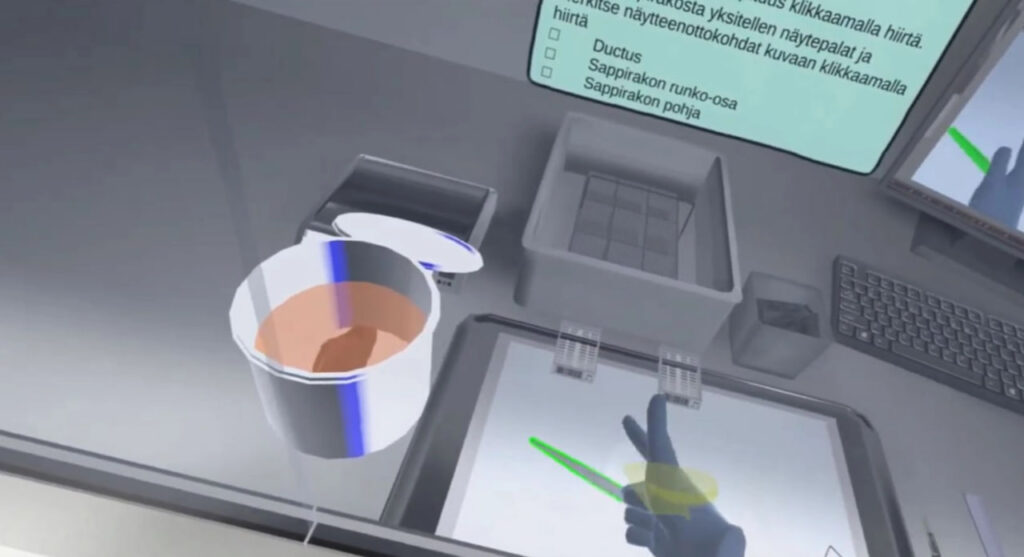
Developed with Savonia University of Applied Sciences, this app introduces students to healthcare professions. Scenarios include anesthesia and histology labs.
Why it works in schools:
Demonstrates medical teamwork and decision-making
Teaches precision and responsibility
Gives students a safe introduction to healthcare careers
Frequently Asked
We prodive VR biology, VR physics, and VR chemistry simulations. Please, check our catalog.
Please, fill the form to get demo labs for free.
Please contact our customer support service at support@xreadylab.com or book a call with the team to find out the conditions and book the VR class set up at your school.
Subscription to XReady Lab interactive VR labs. If you are a school, then you are also given access to the VR classroom system. VR class system helps you easily launch VR lessons for a large number of students, follow the experience of each student, as well as customise the content without developers.
We adhere to the world’s generally accepted recommendations and research. Our products are suitable for children from 12 years old.